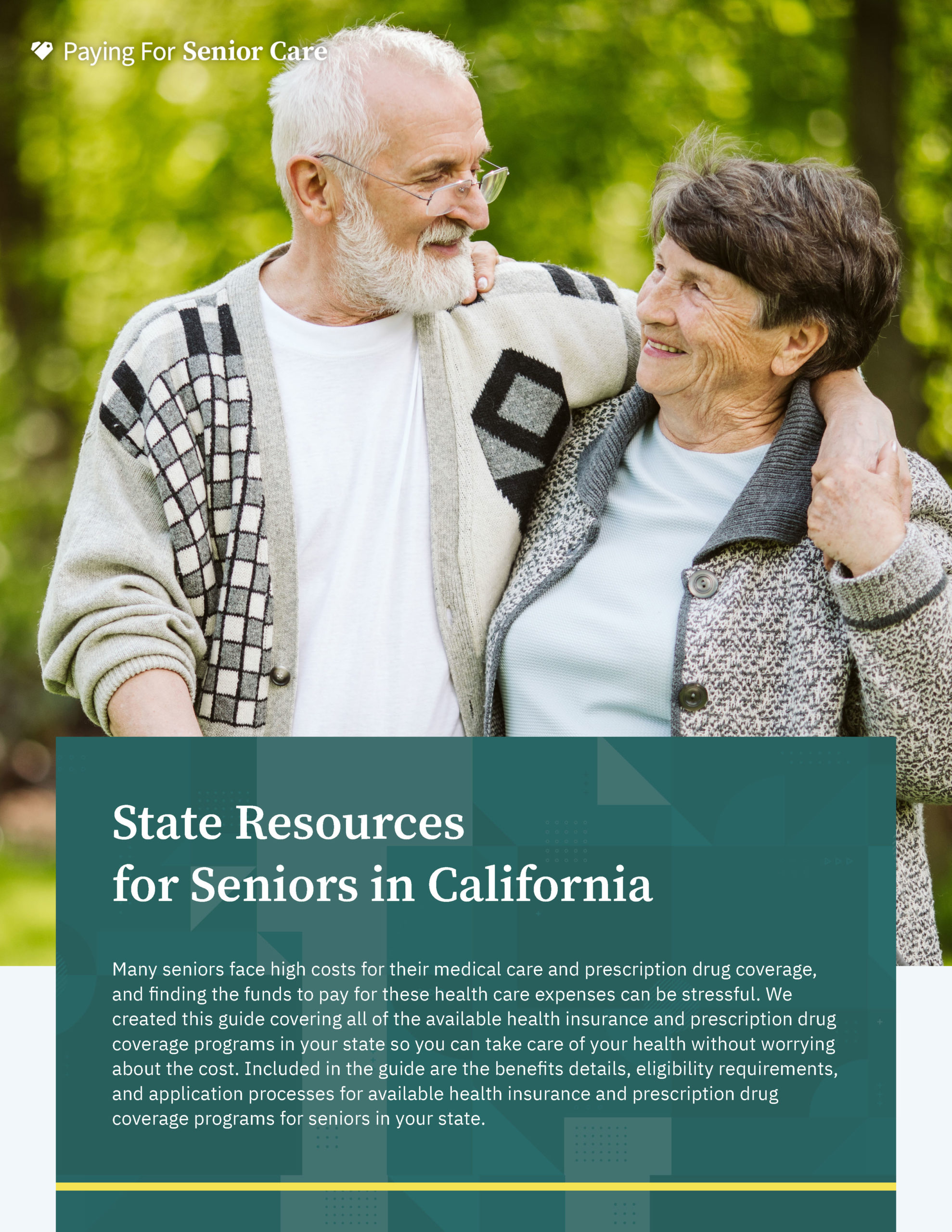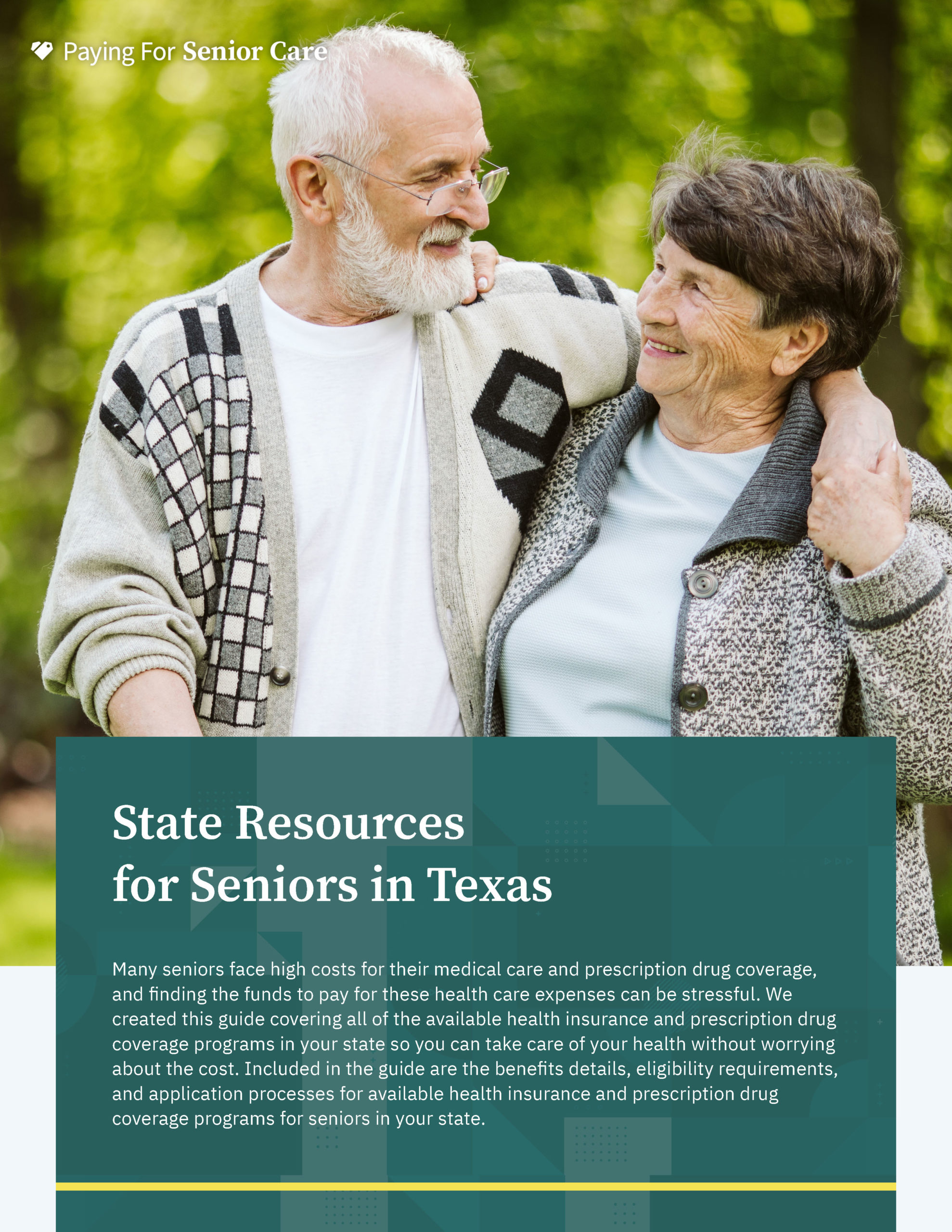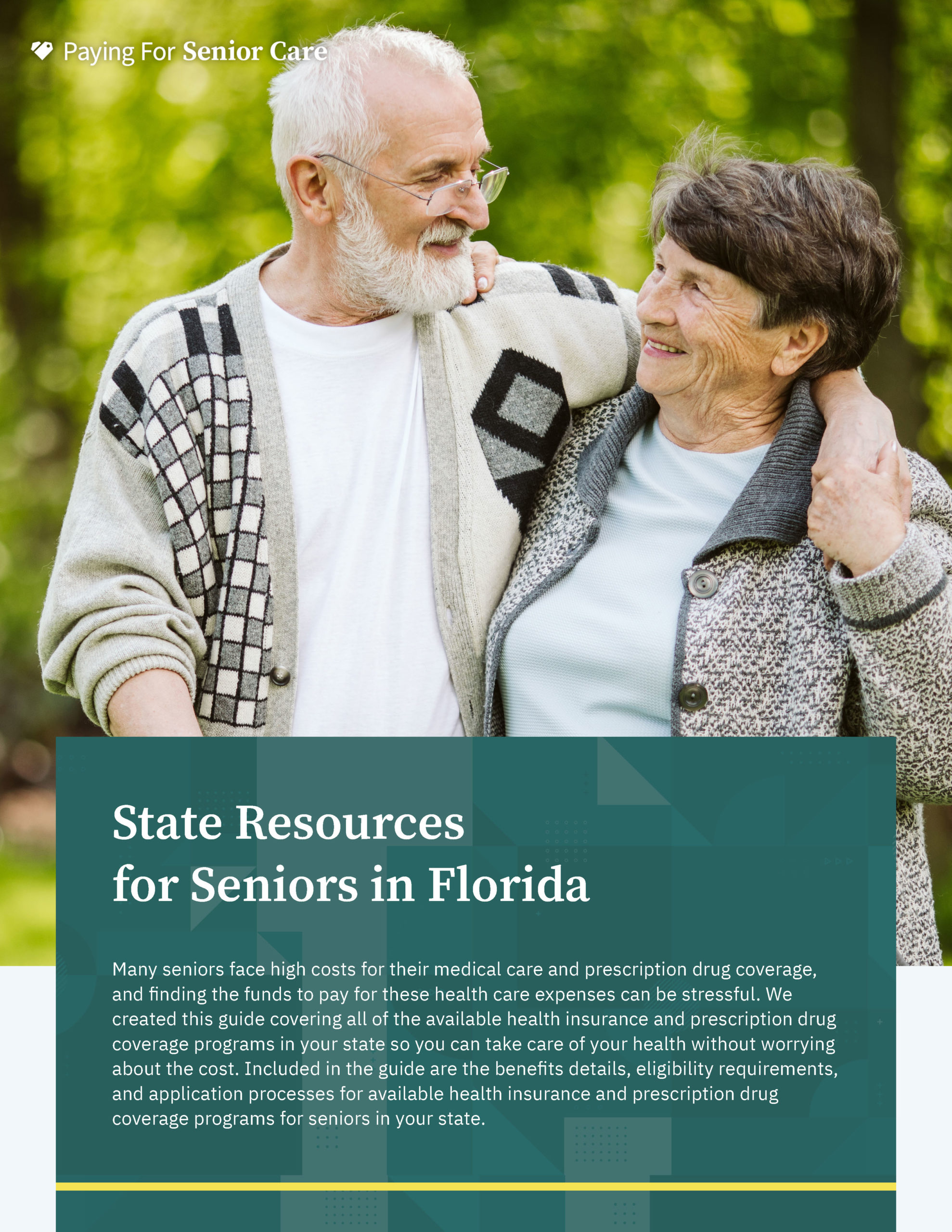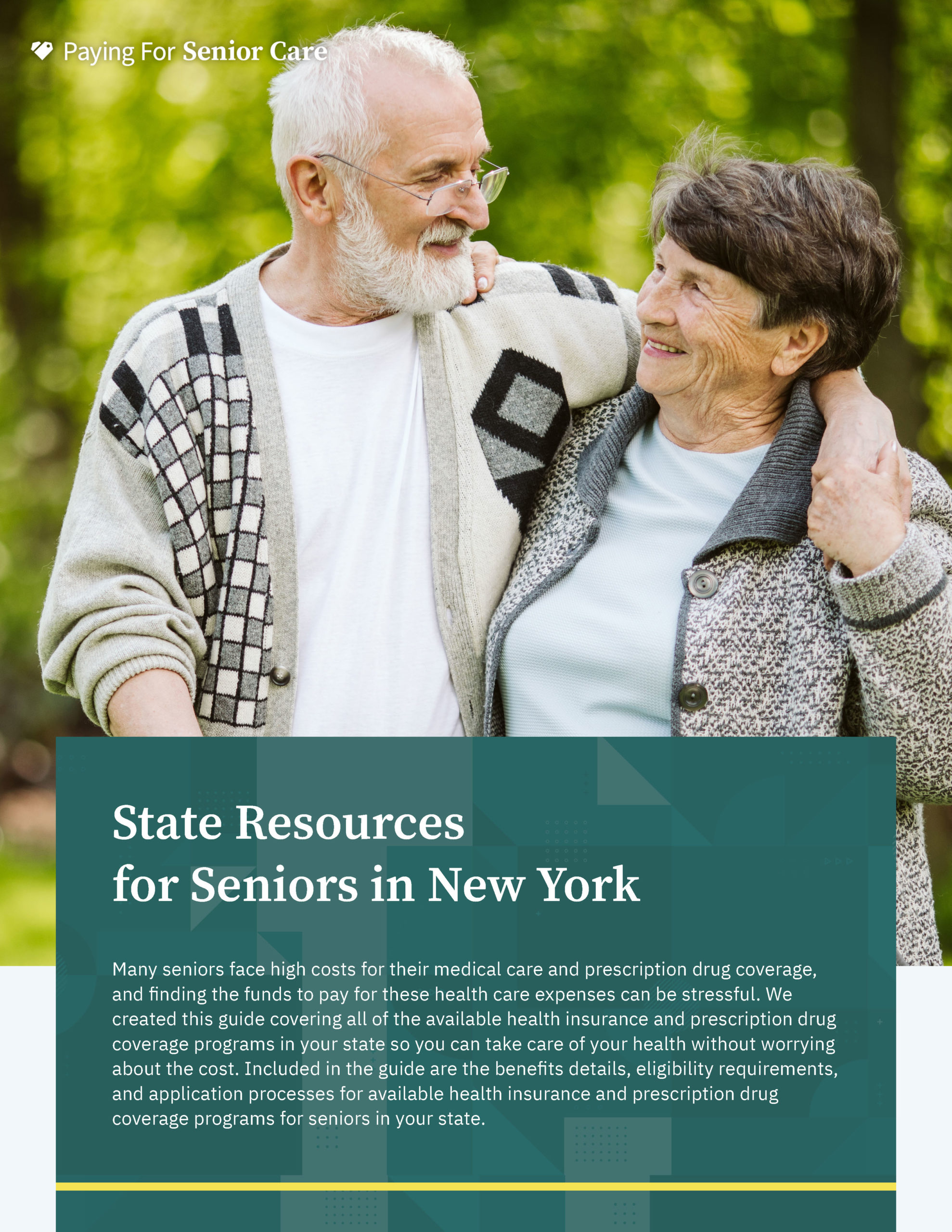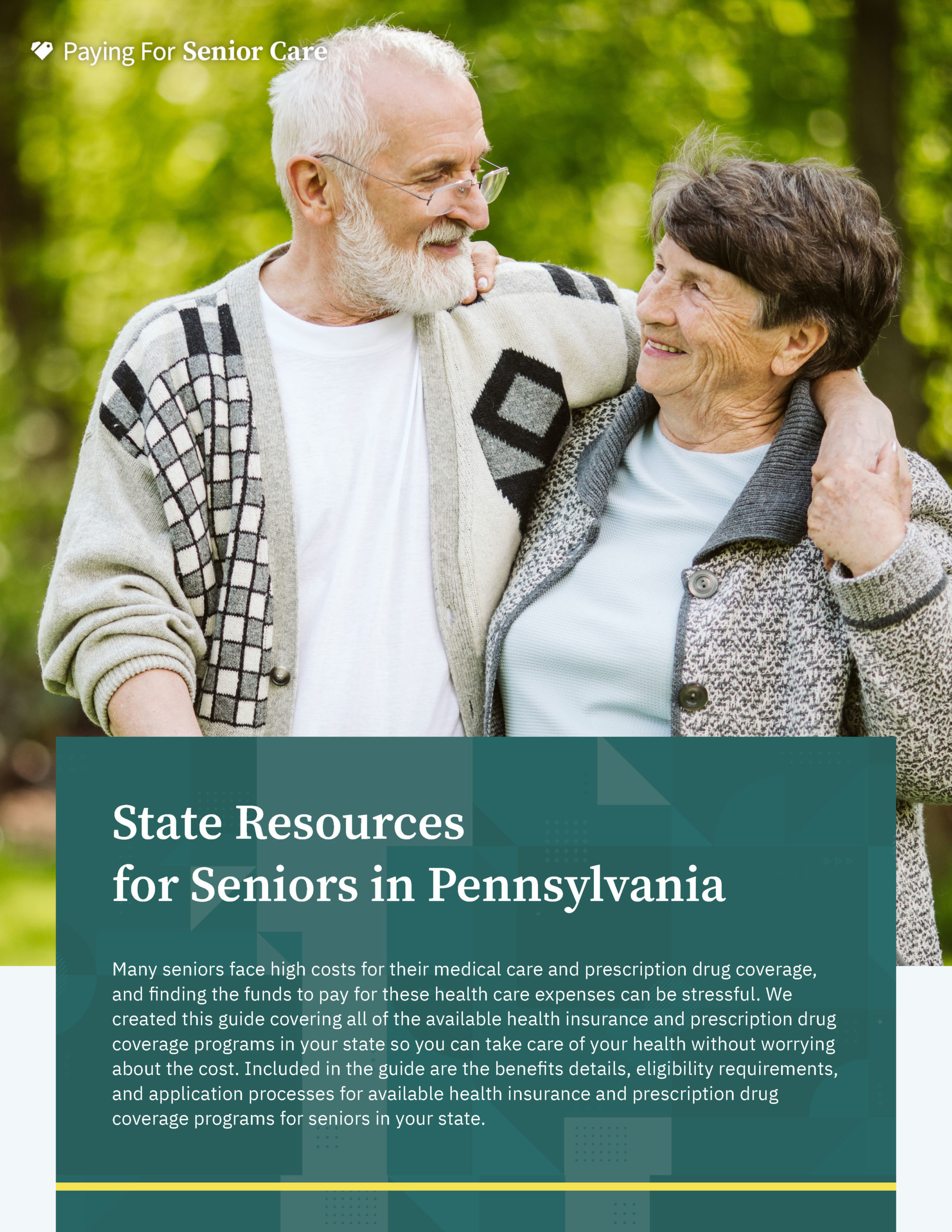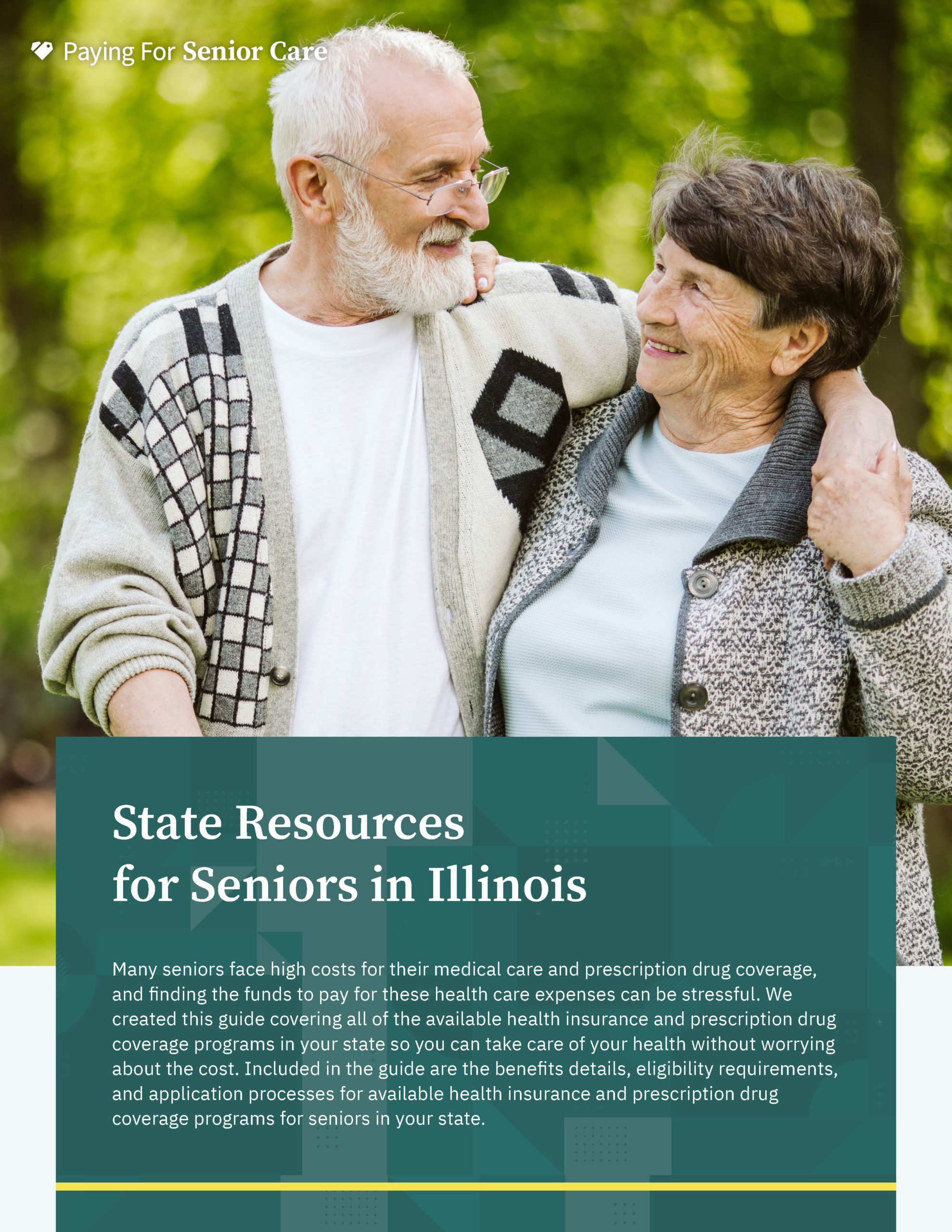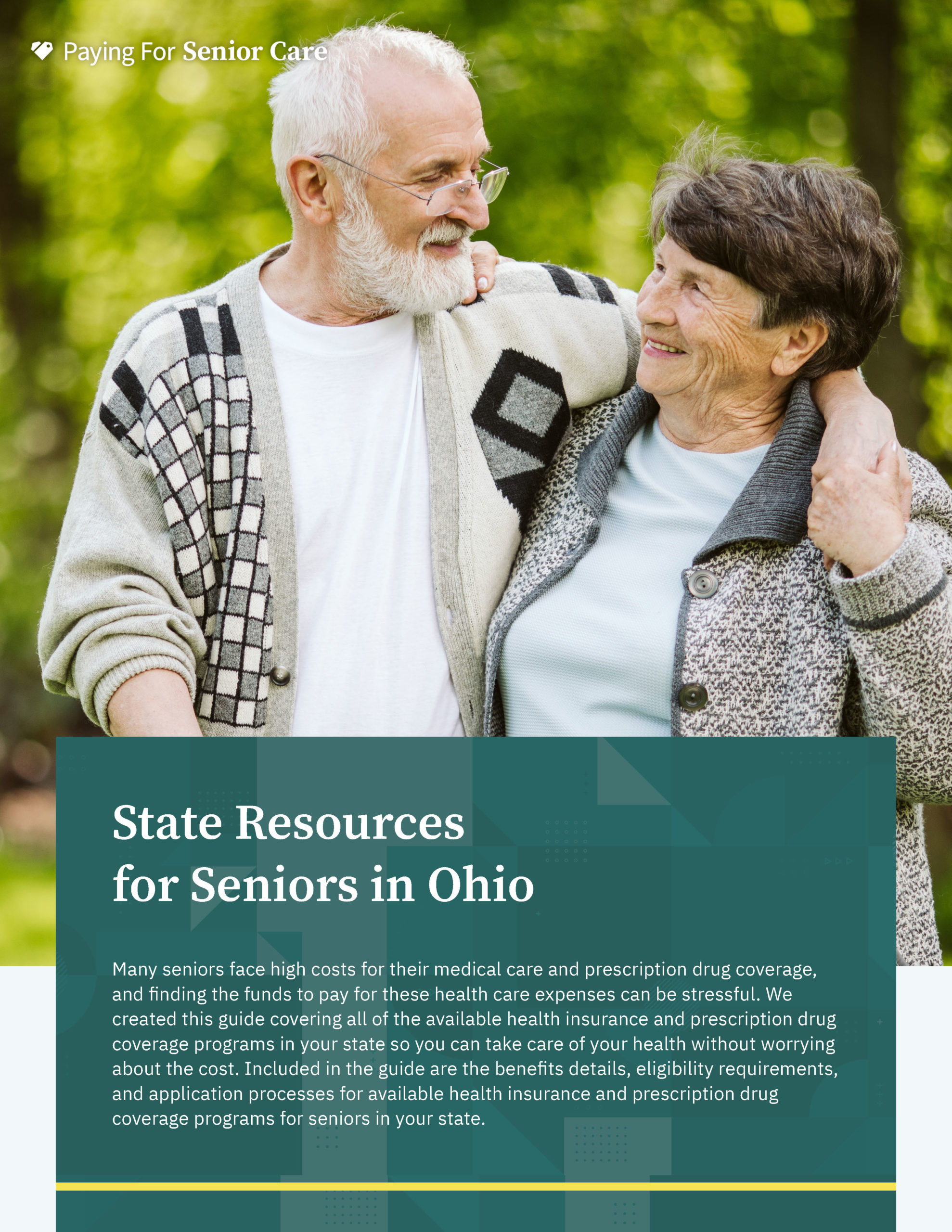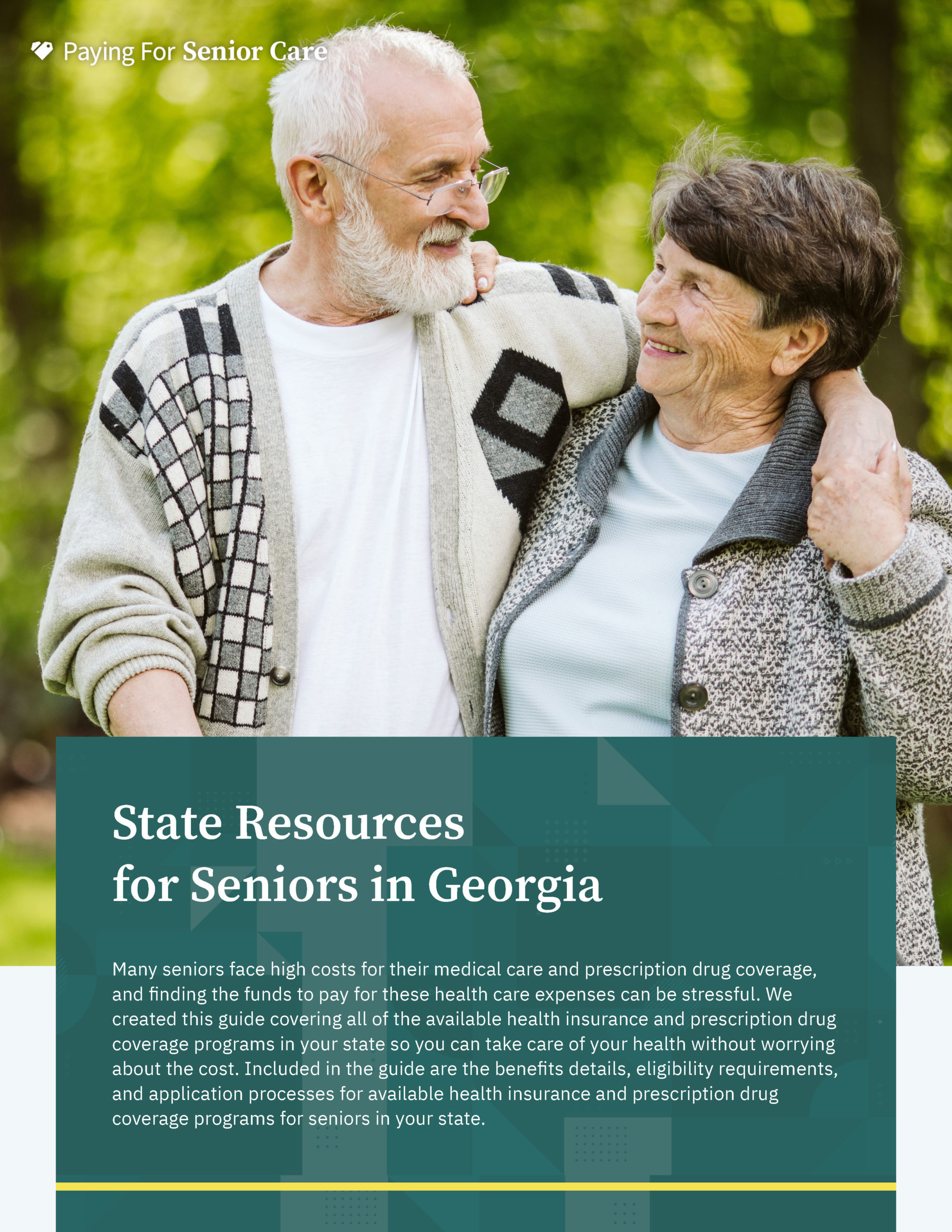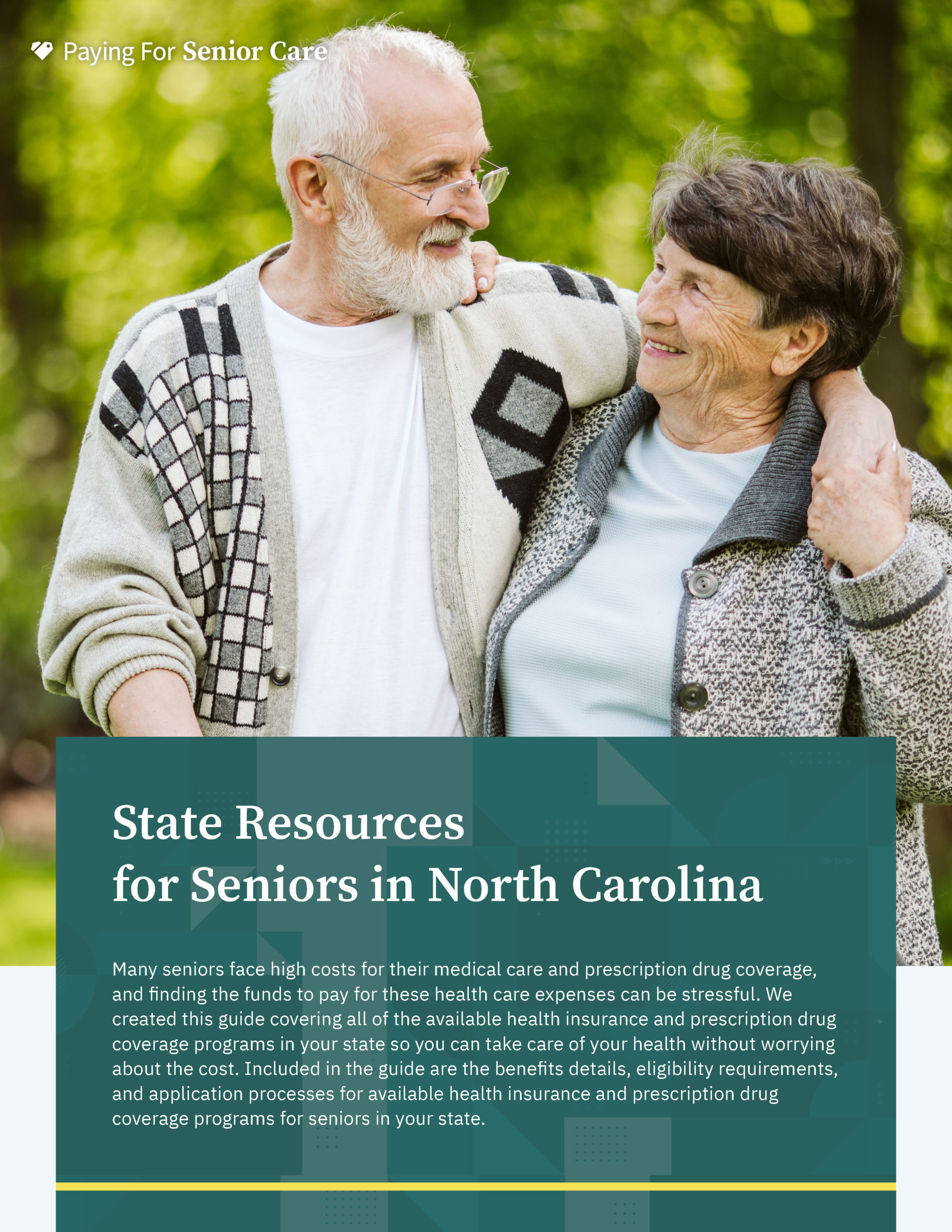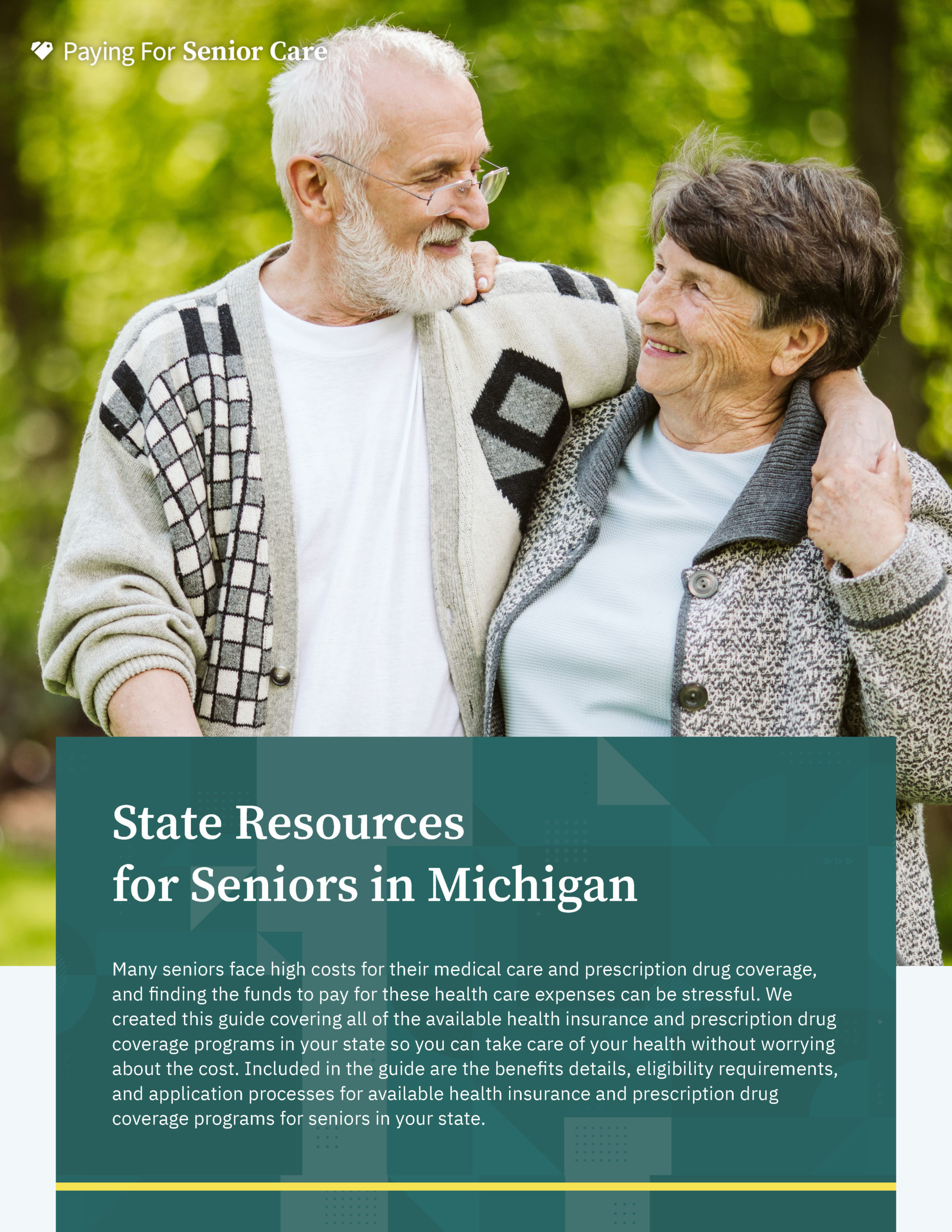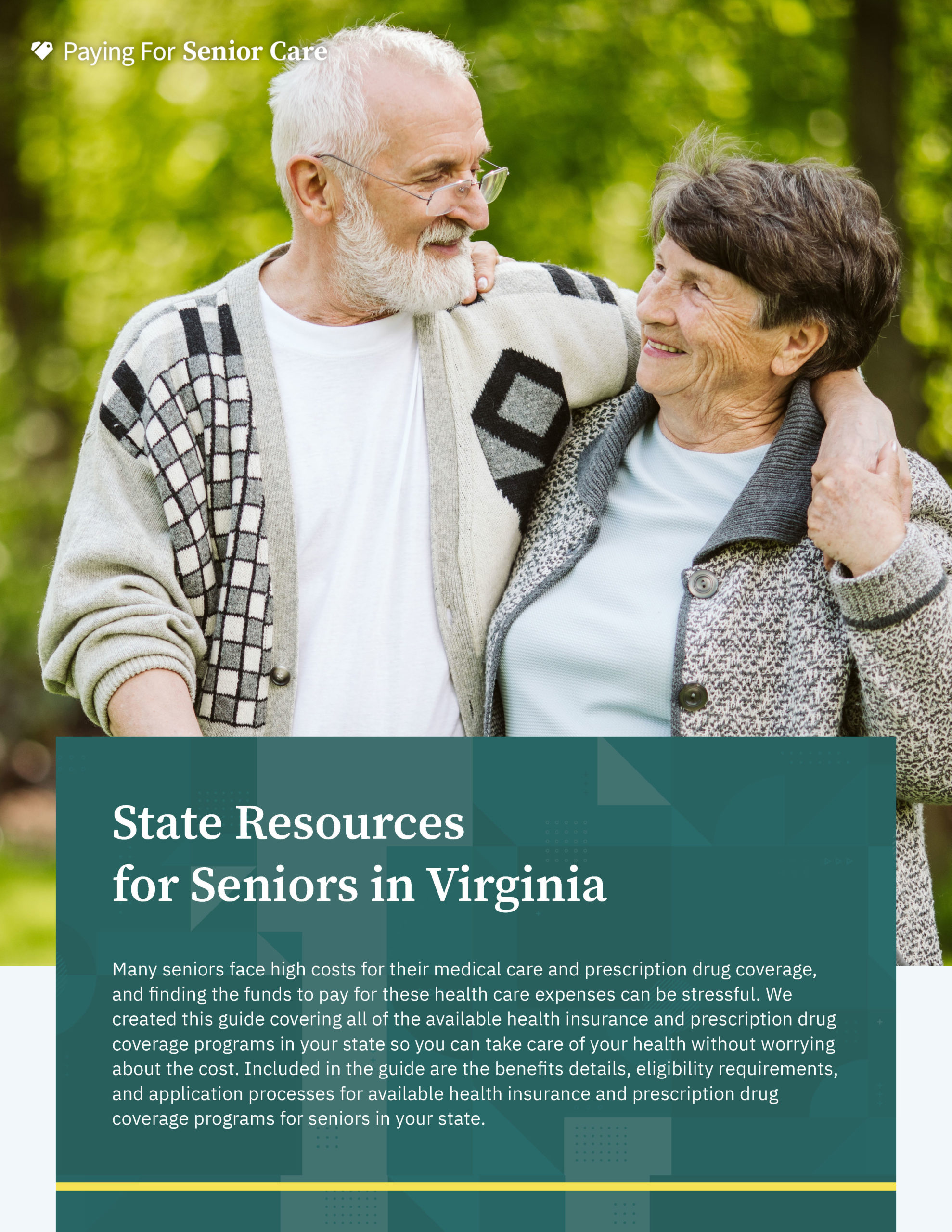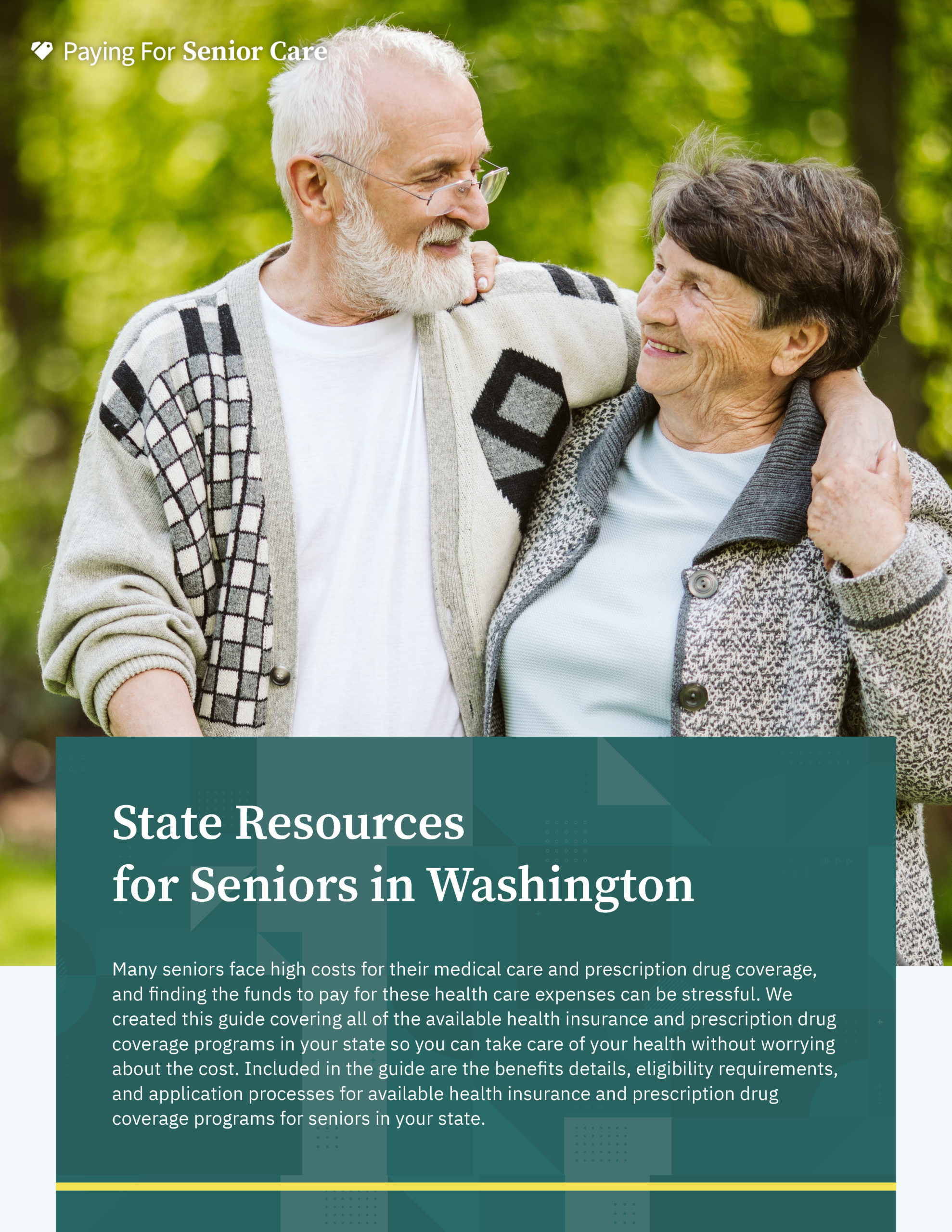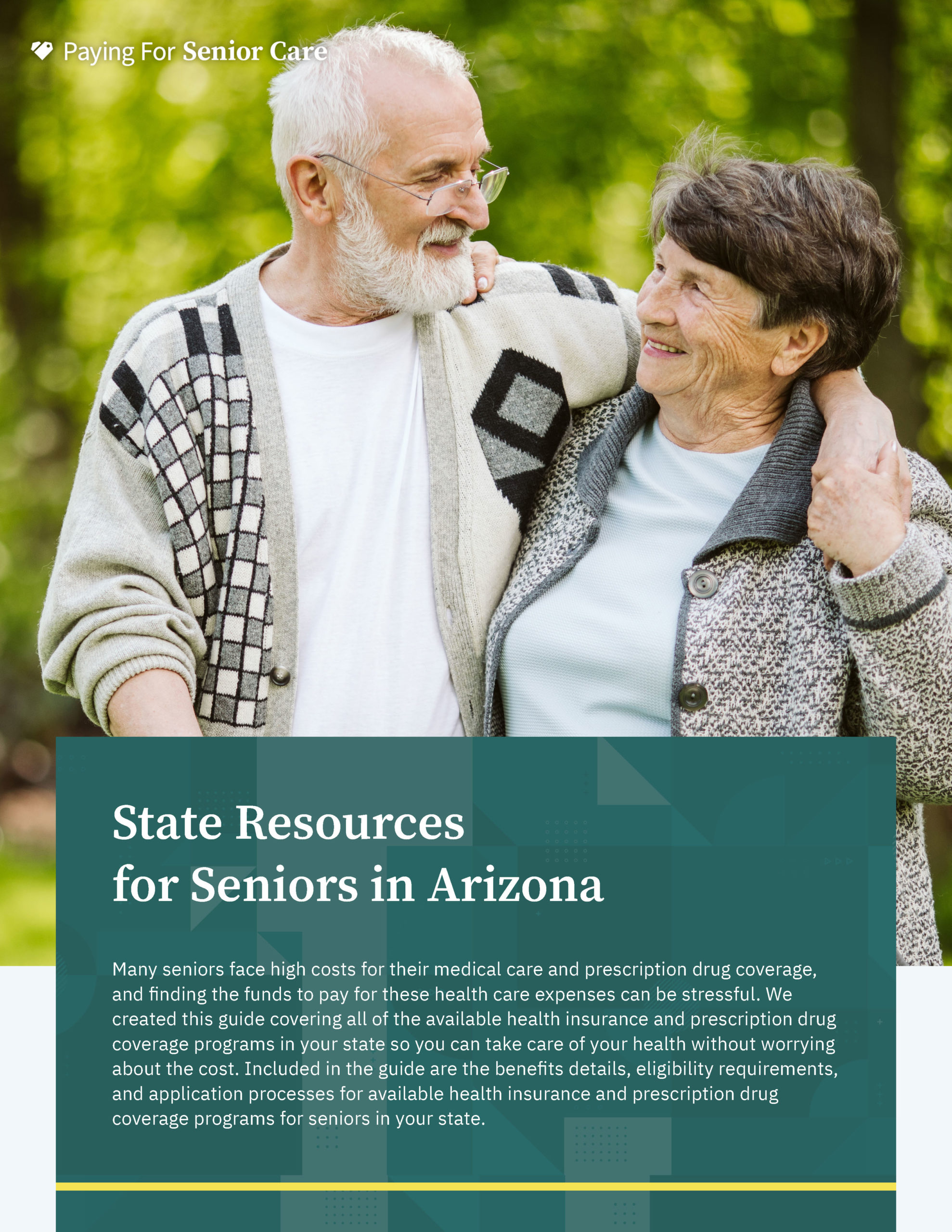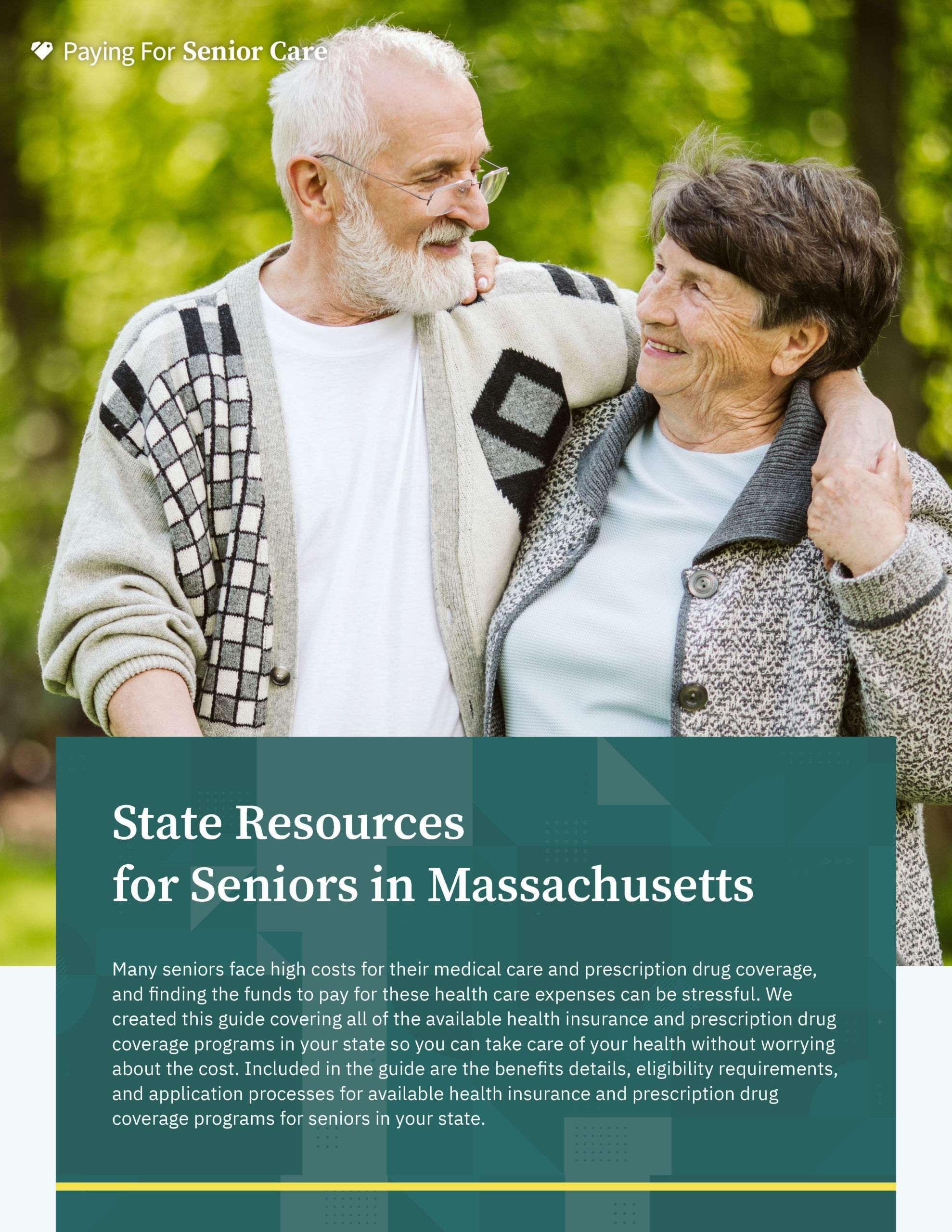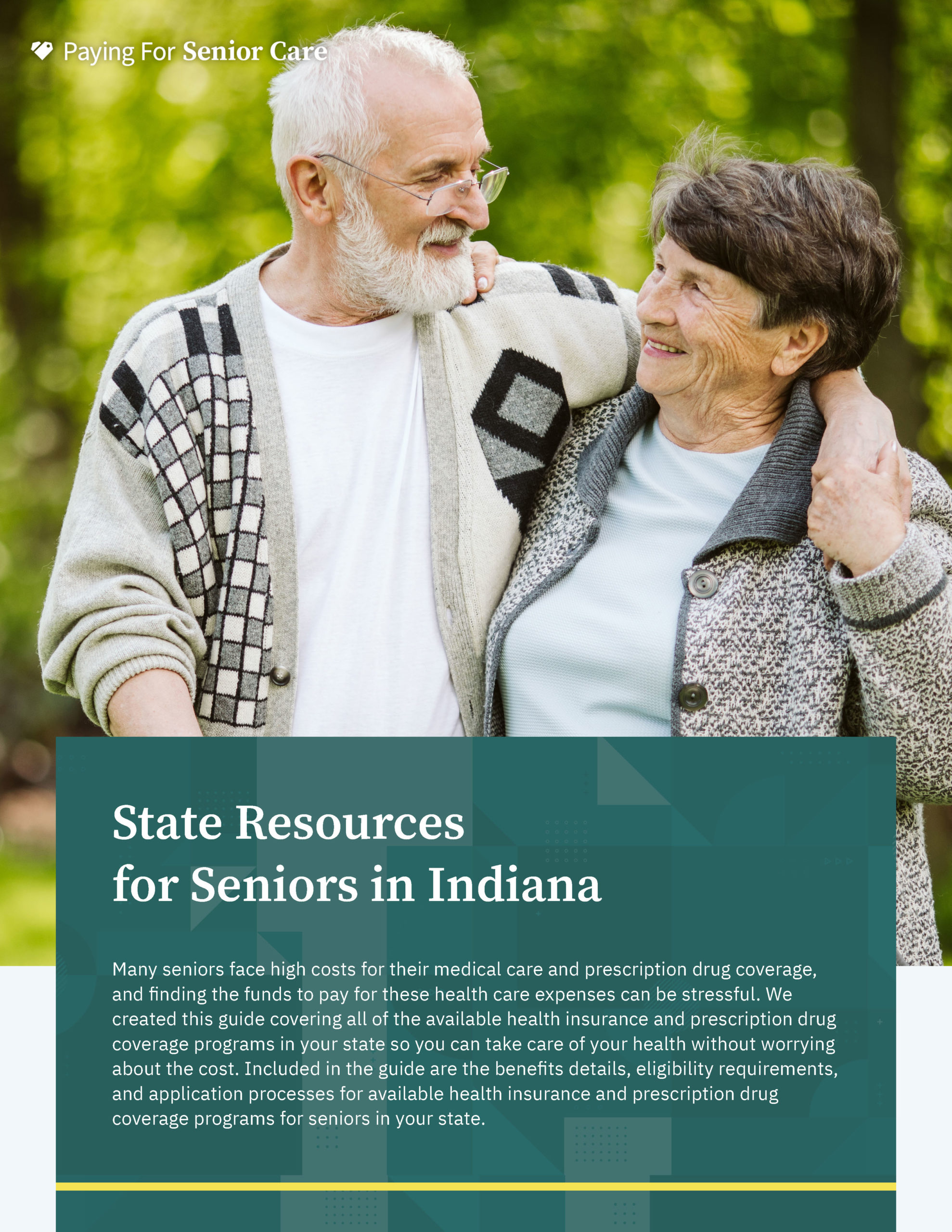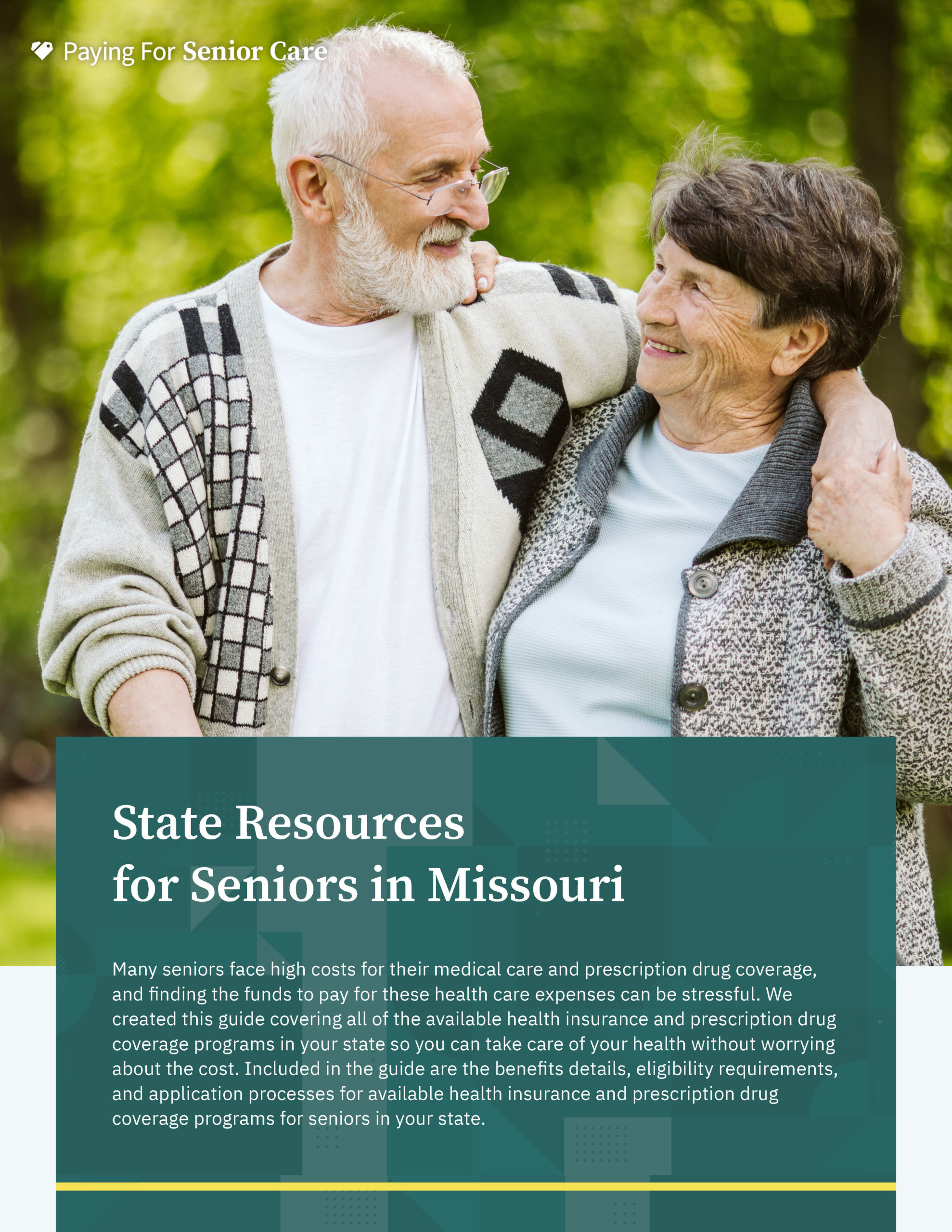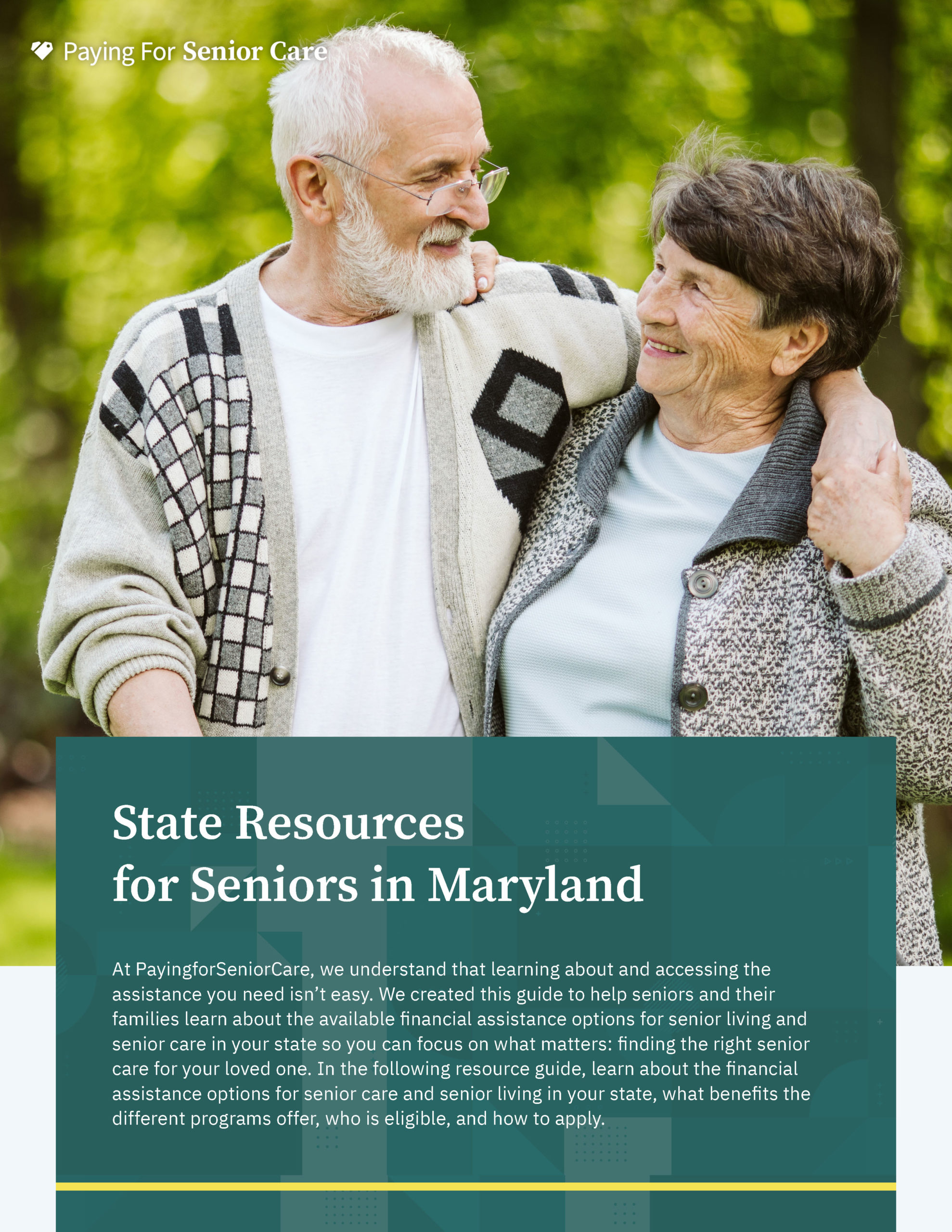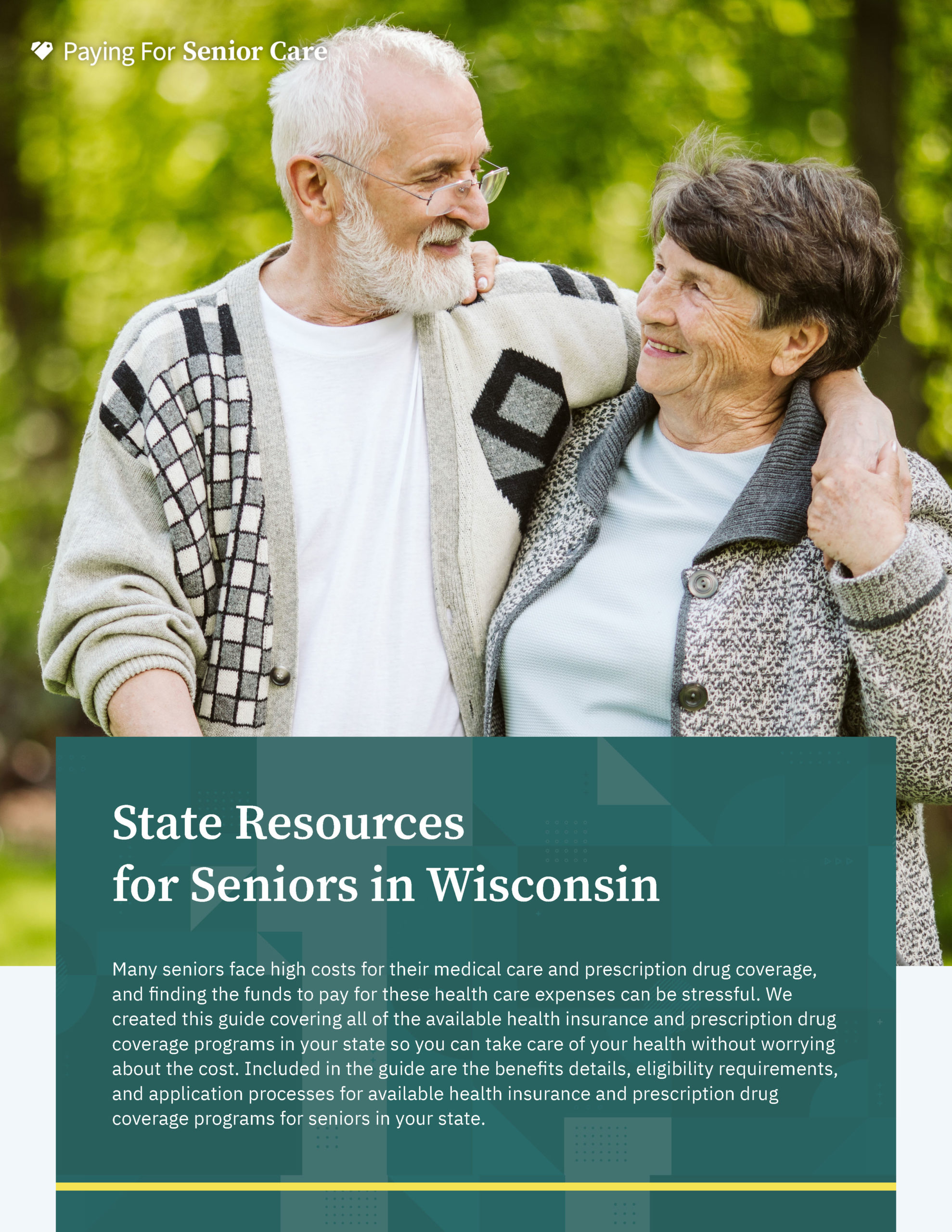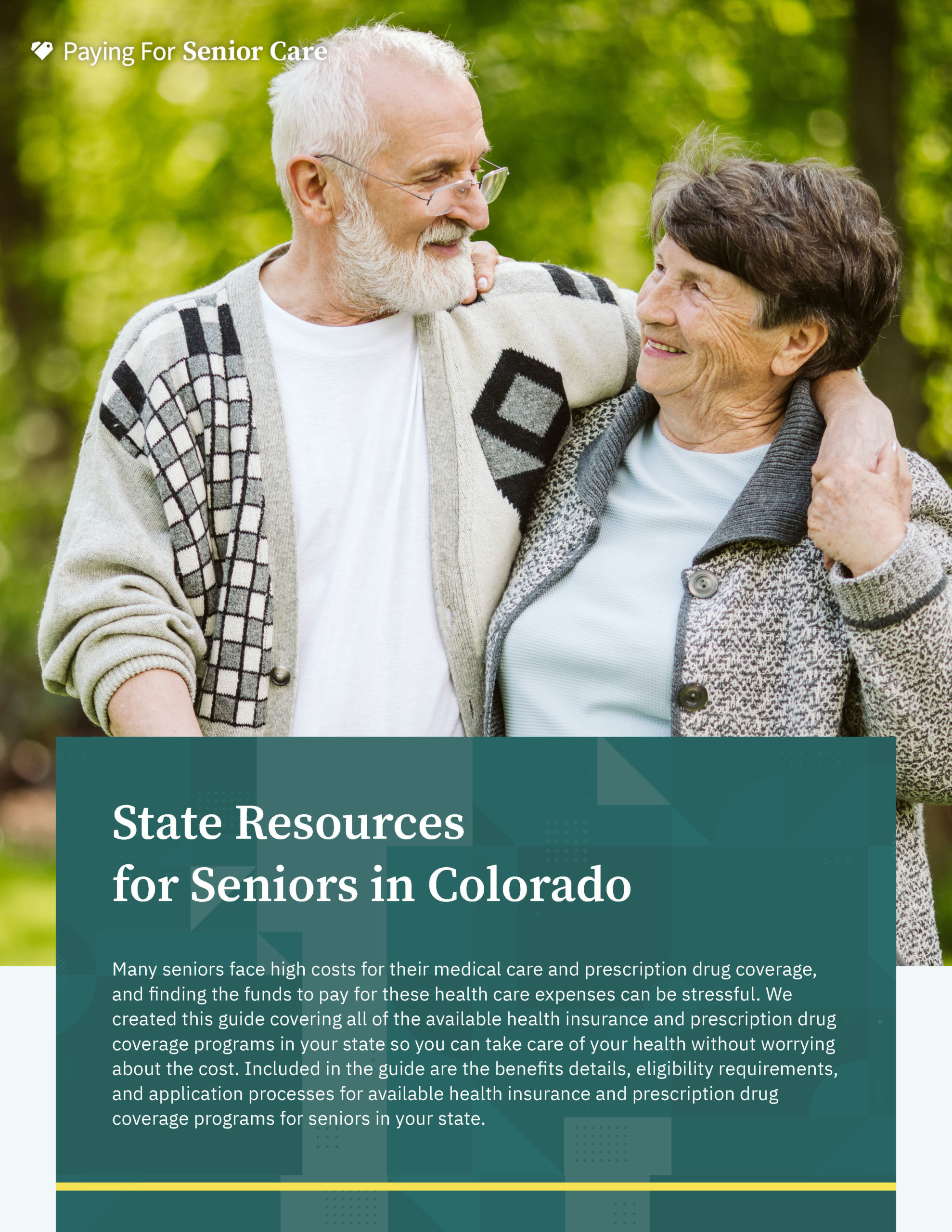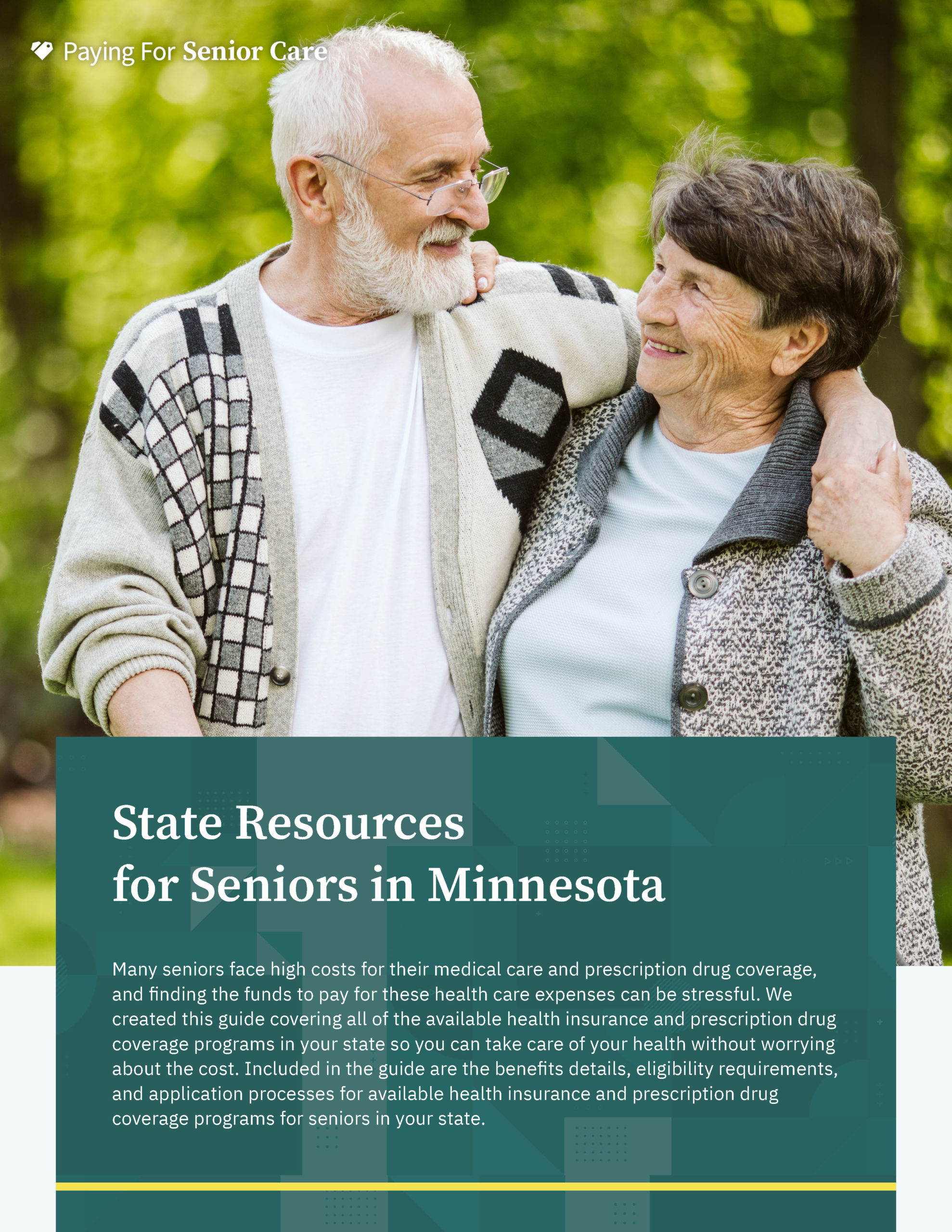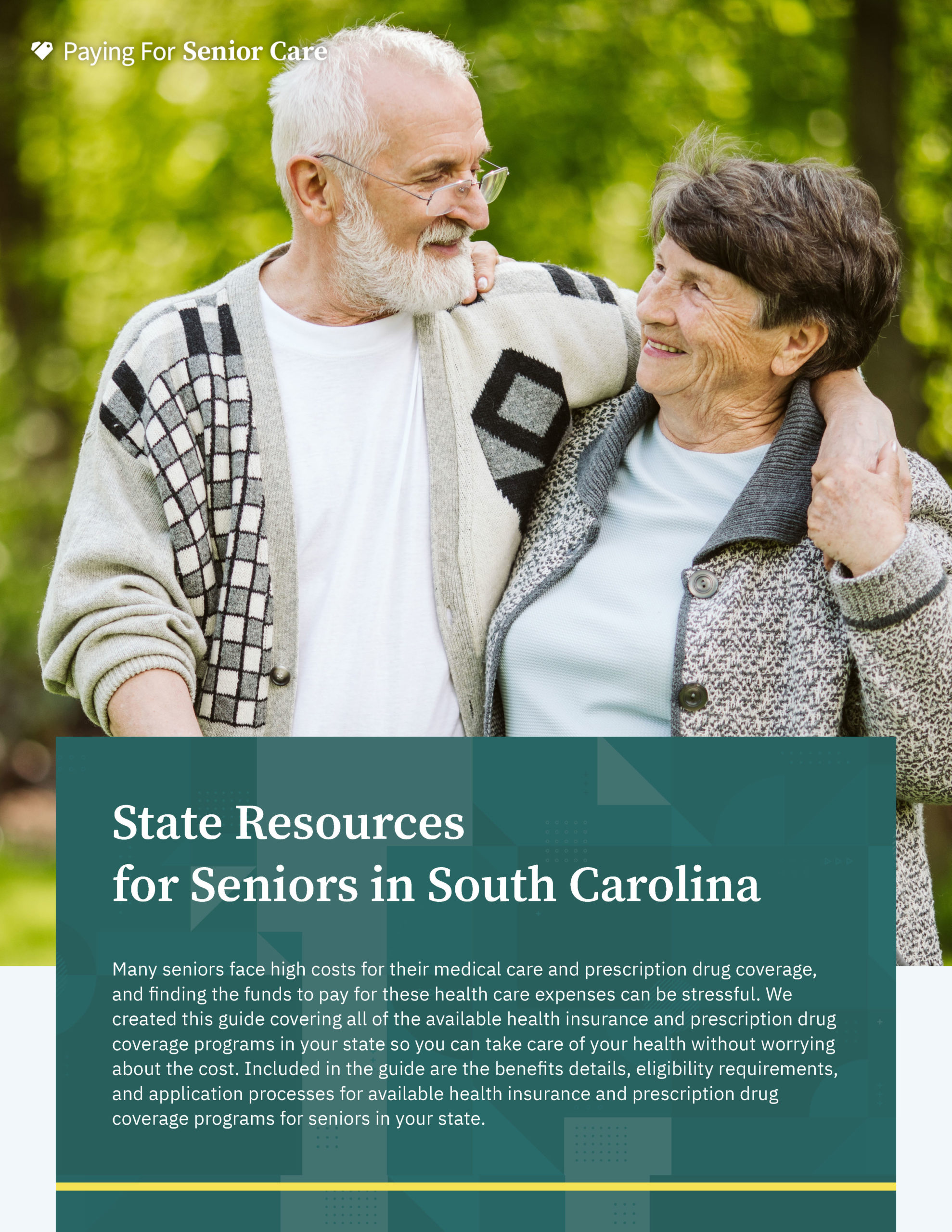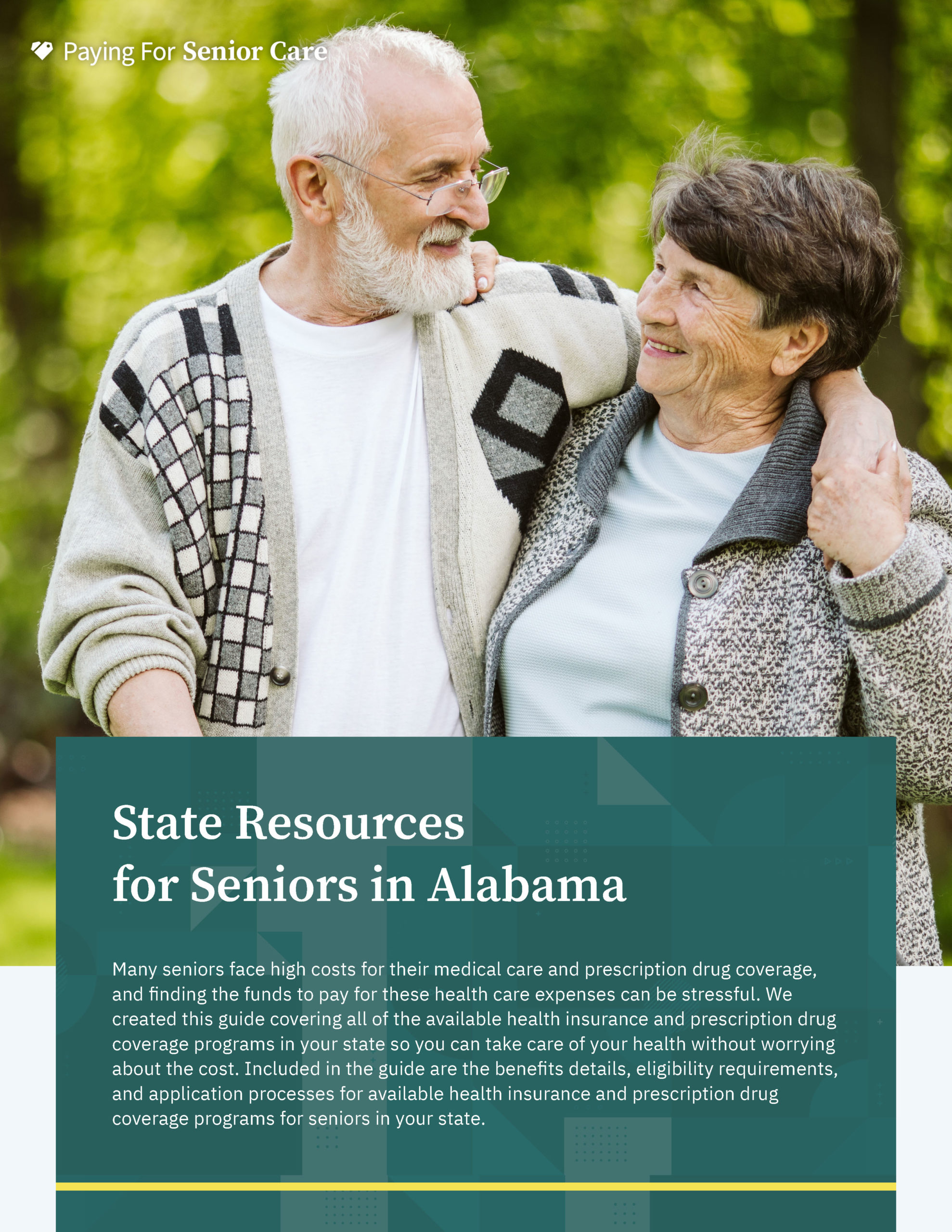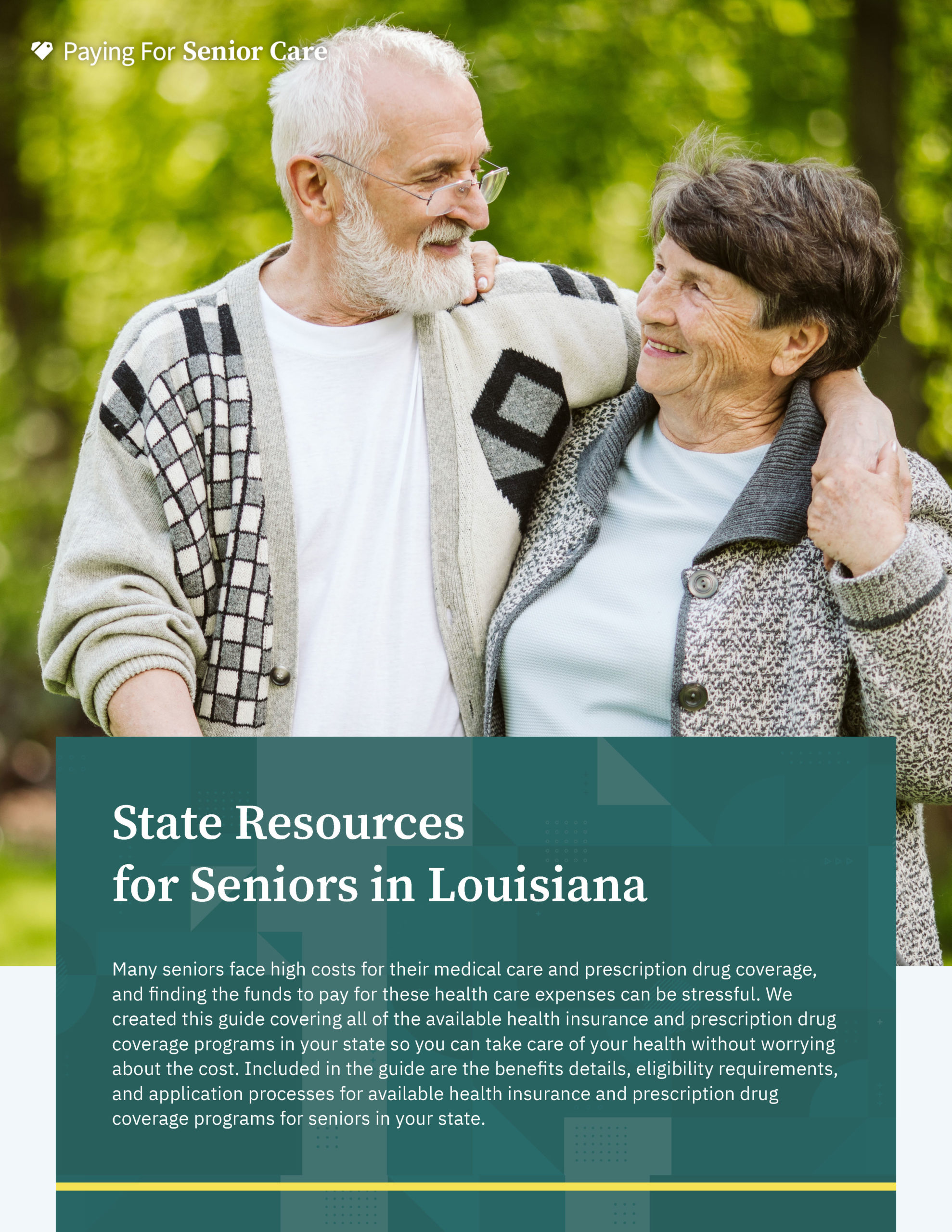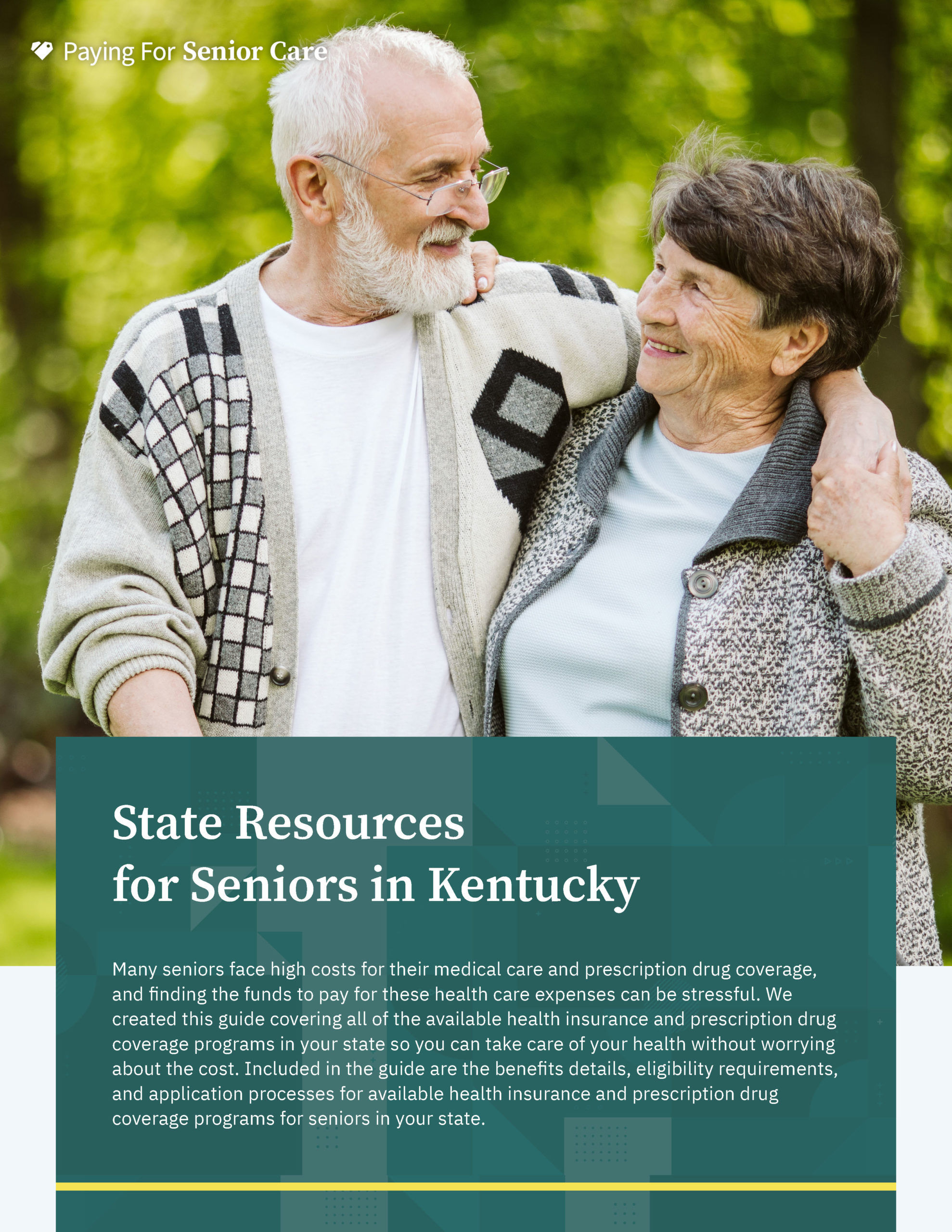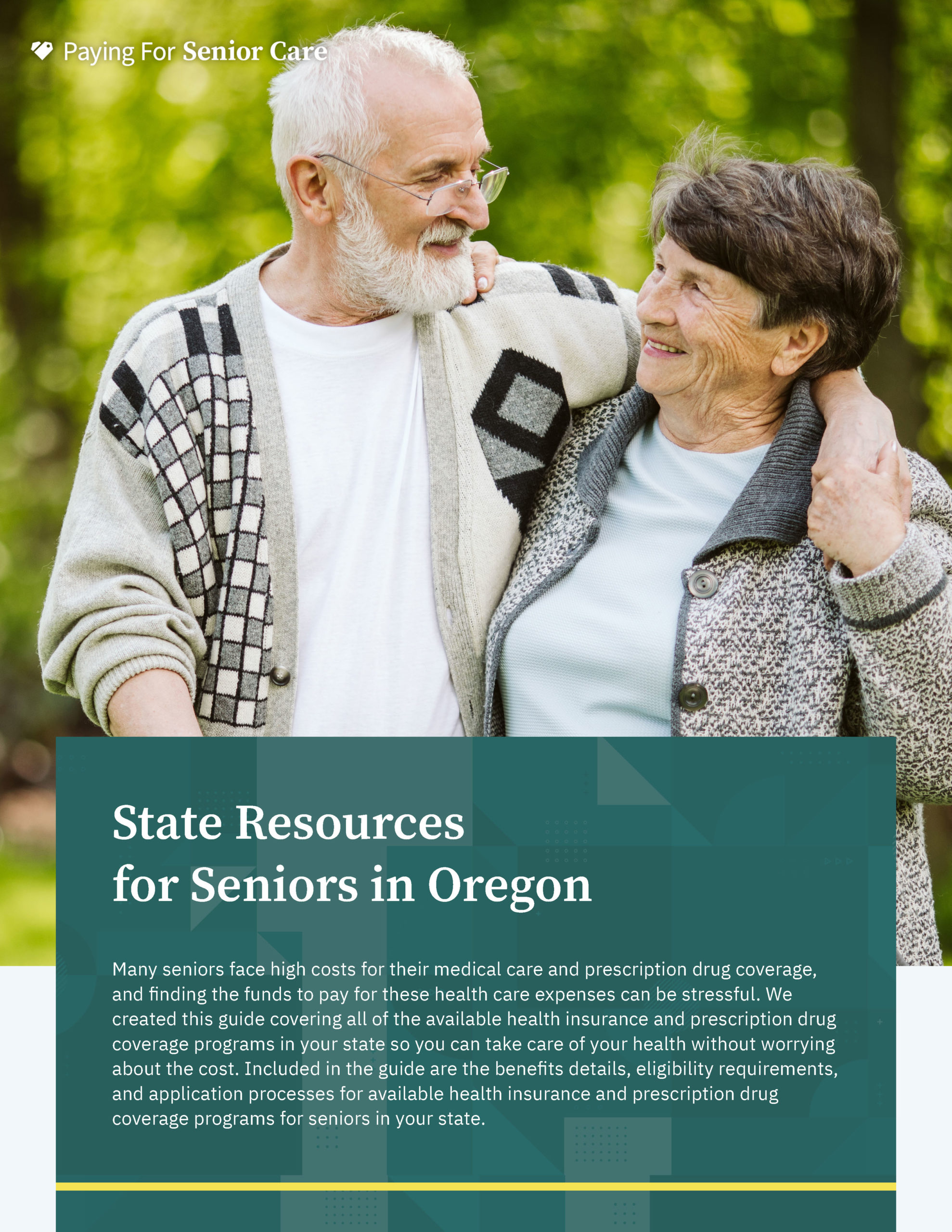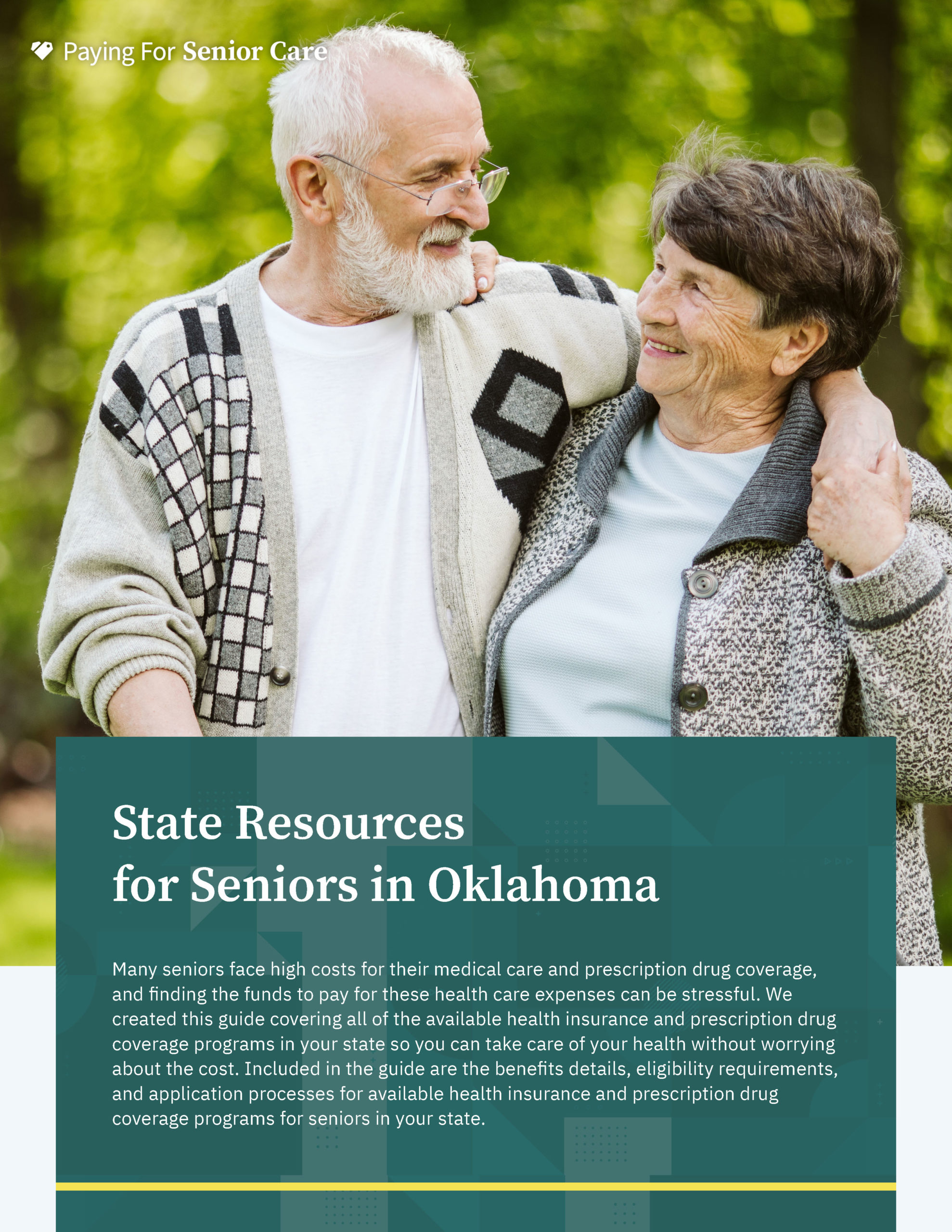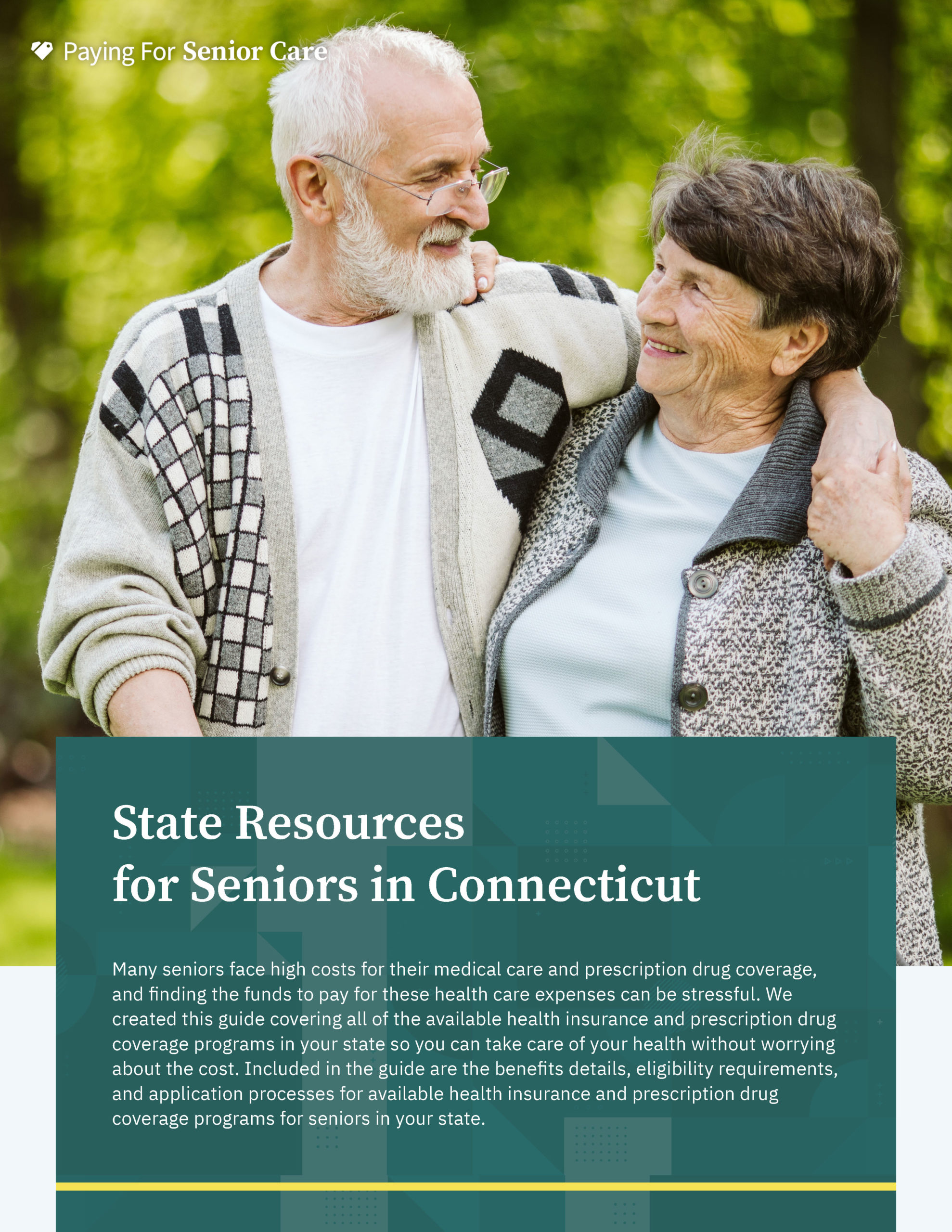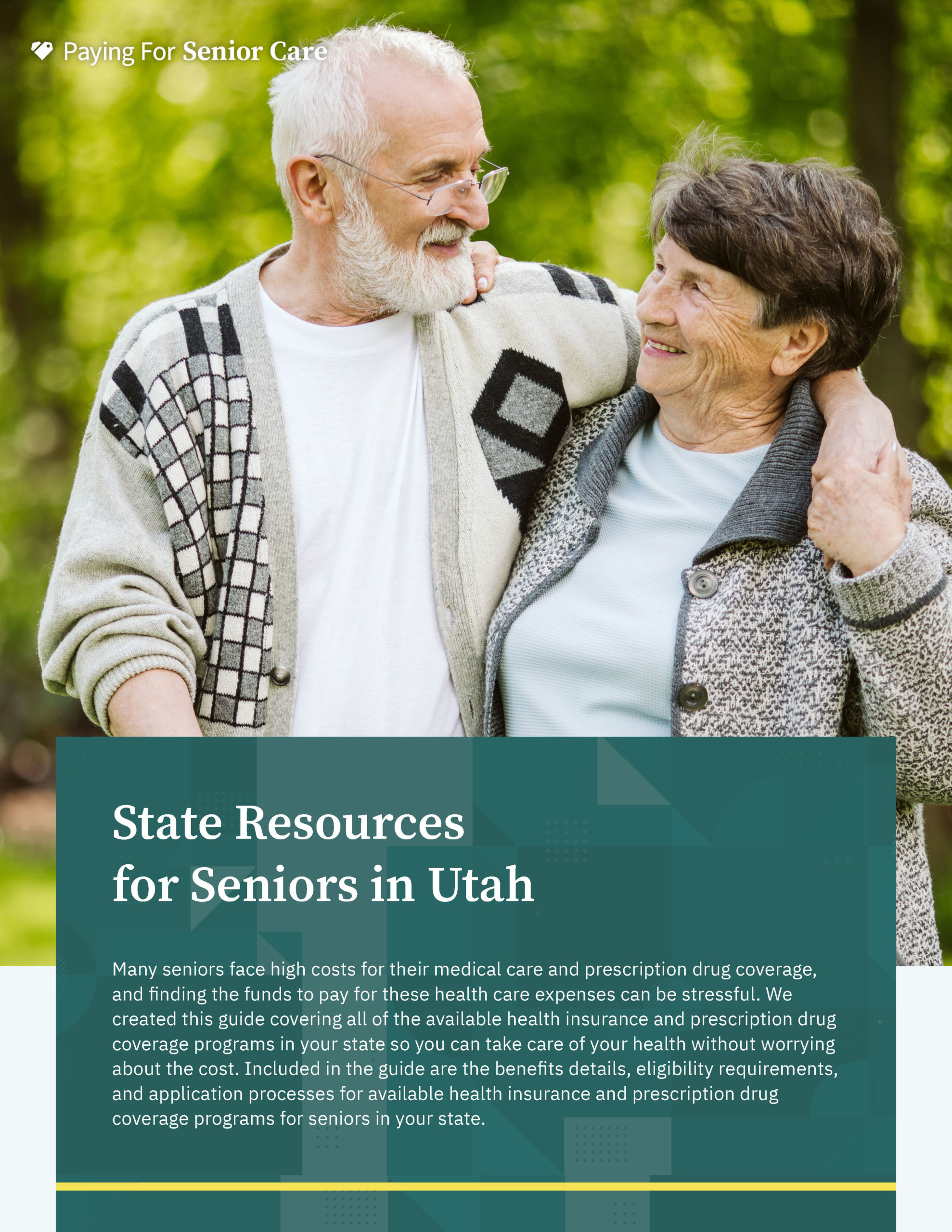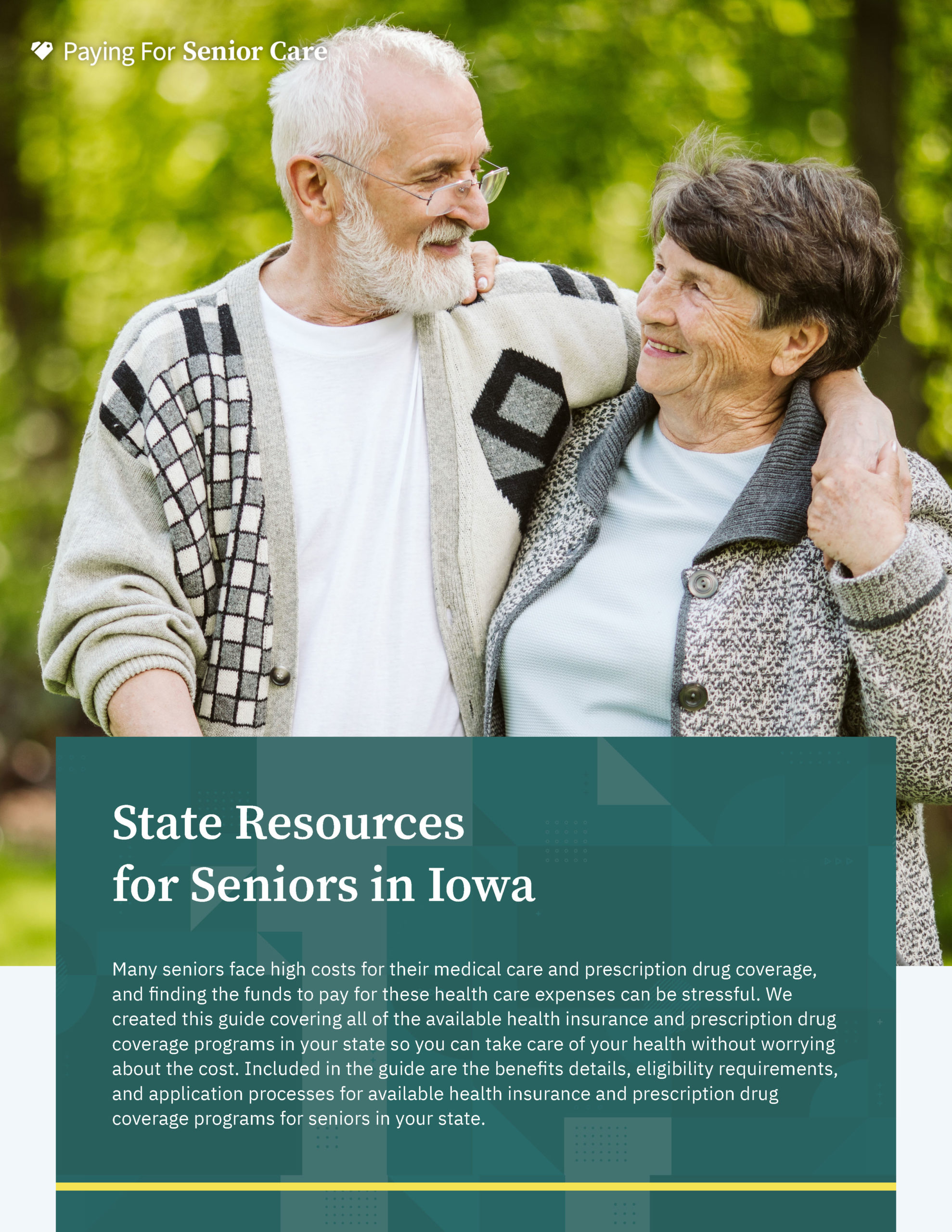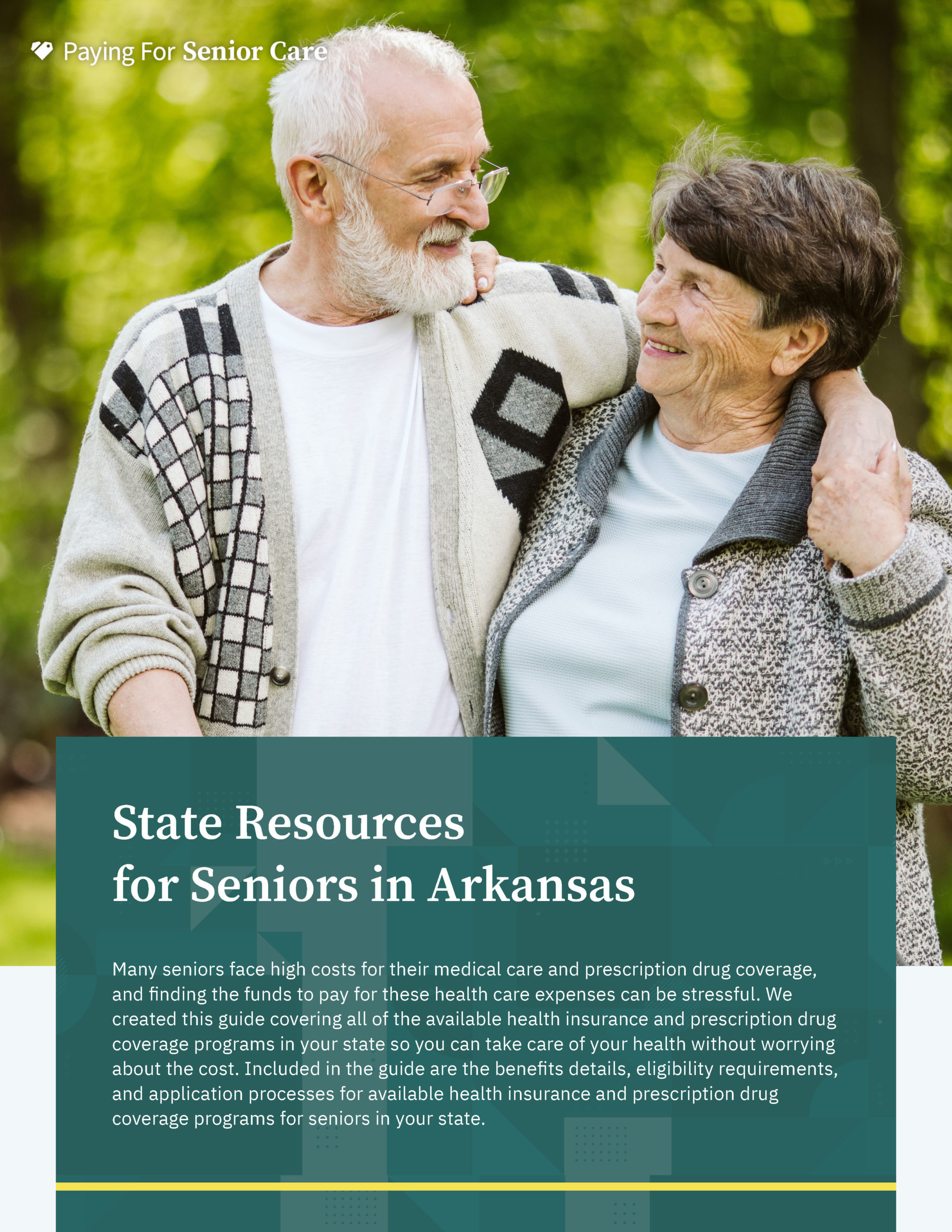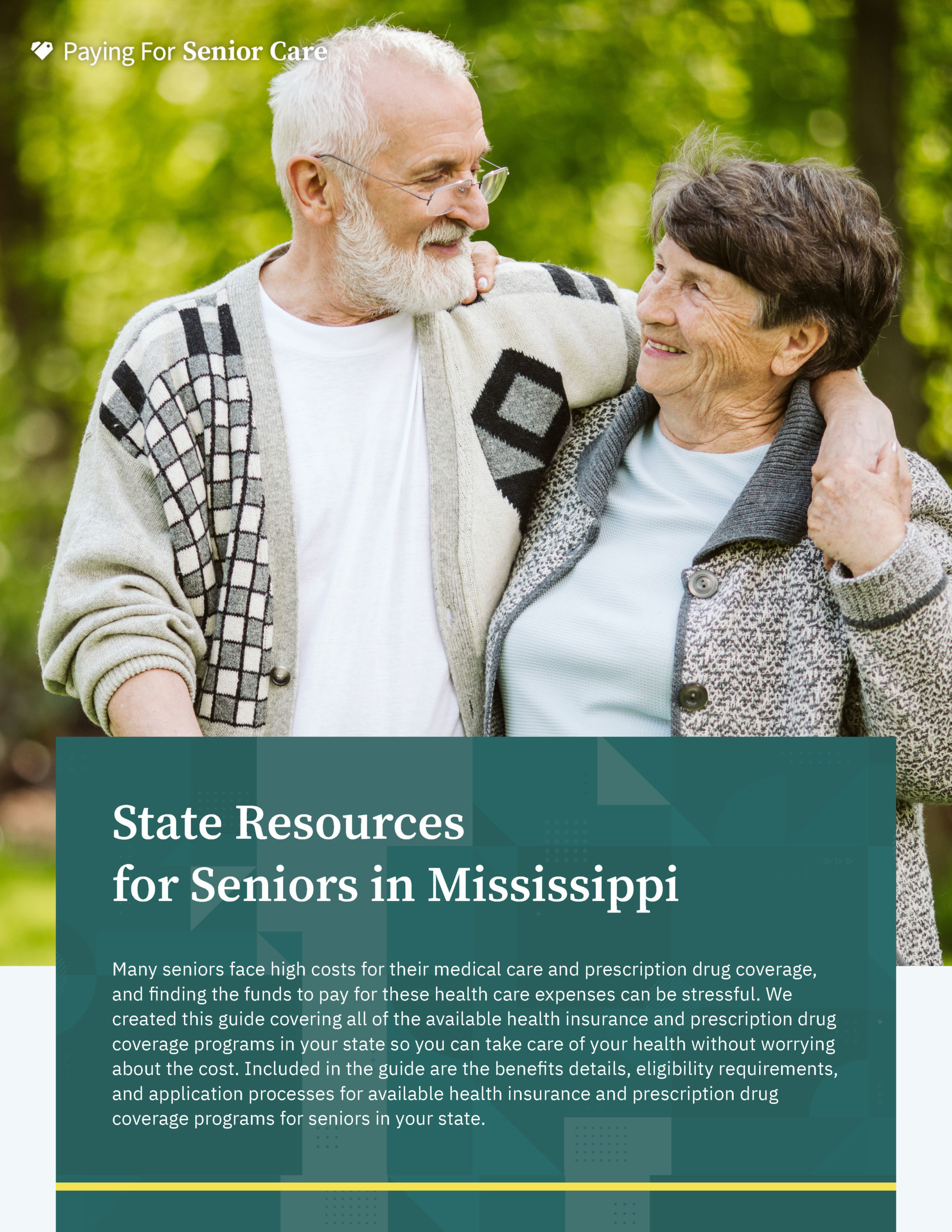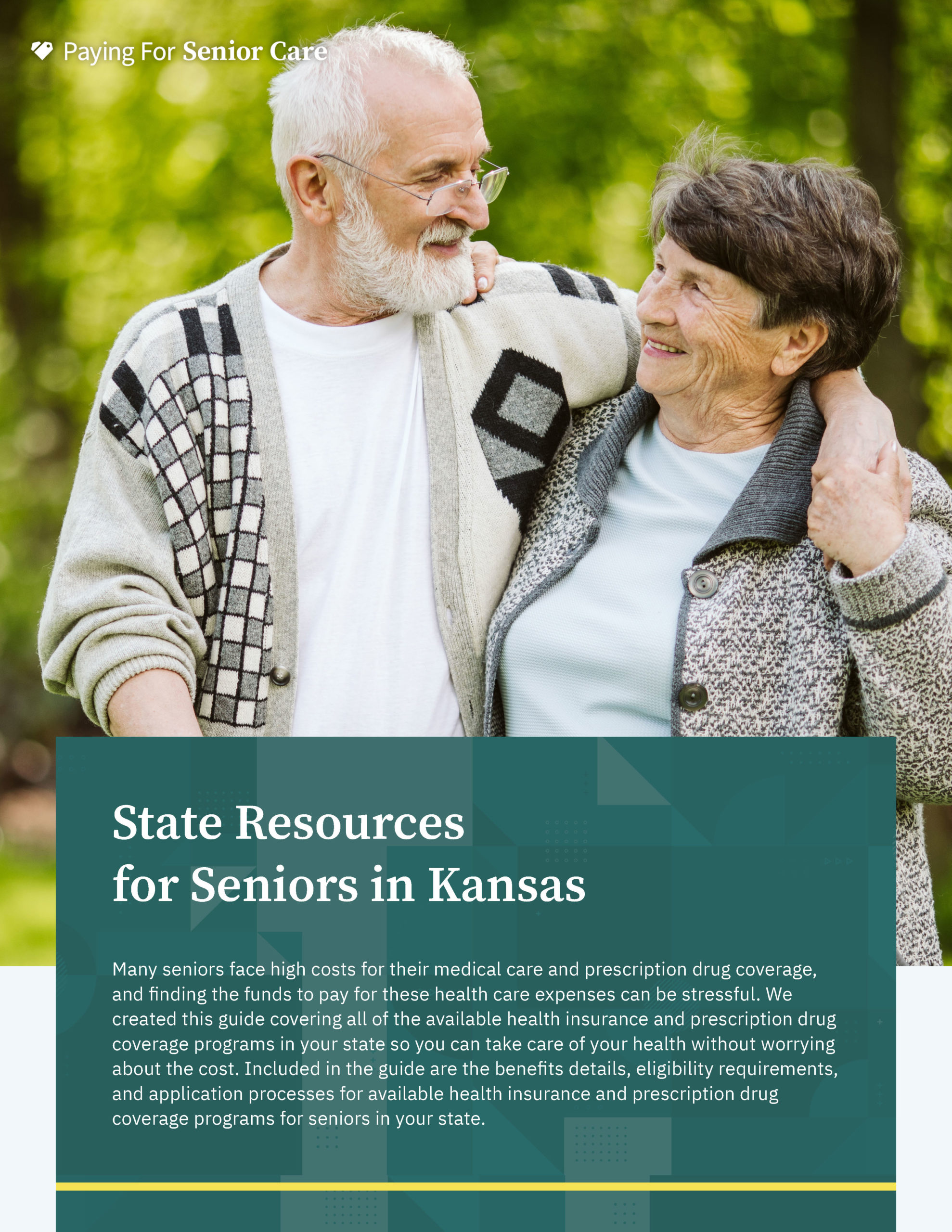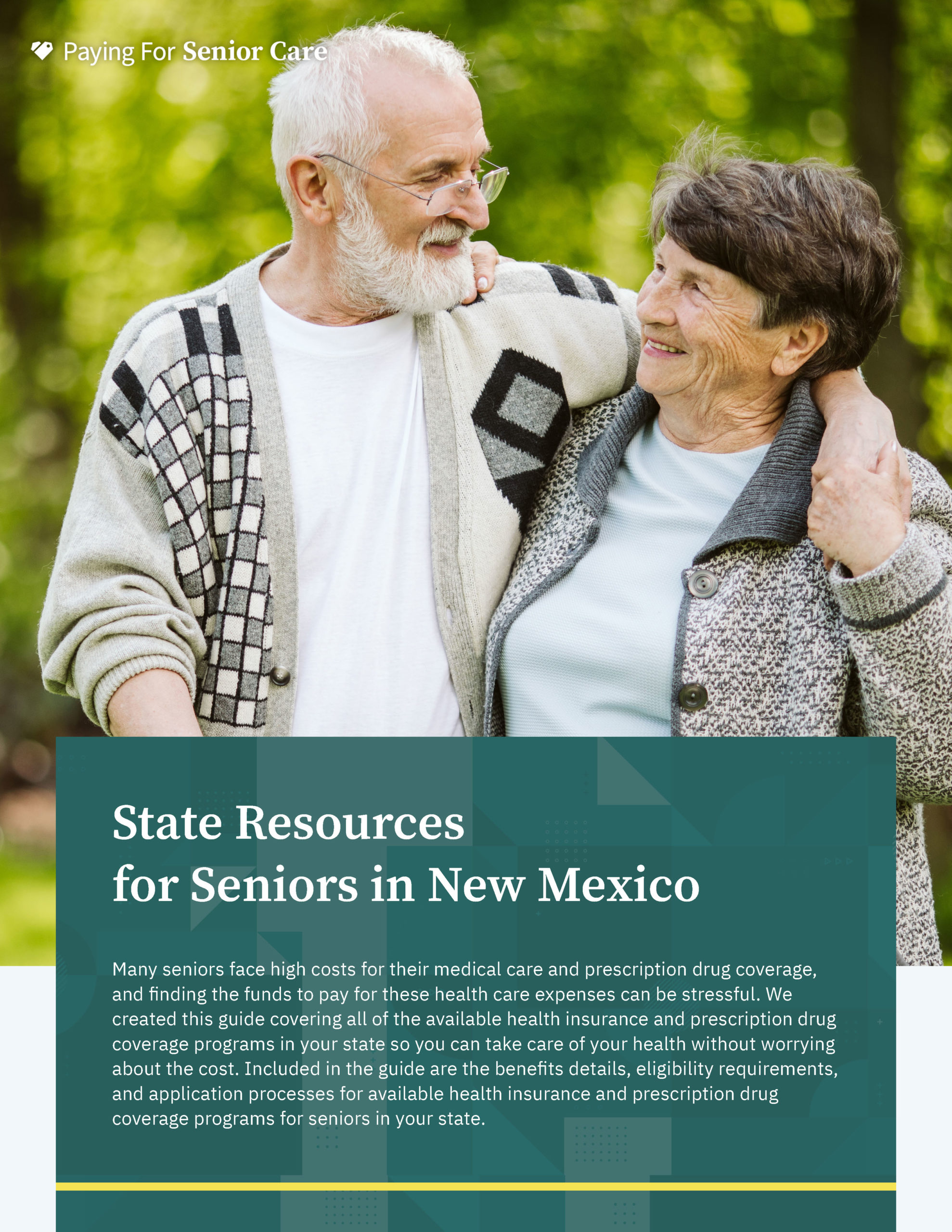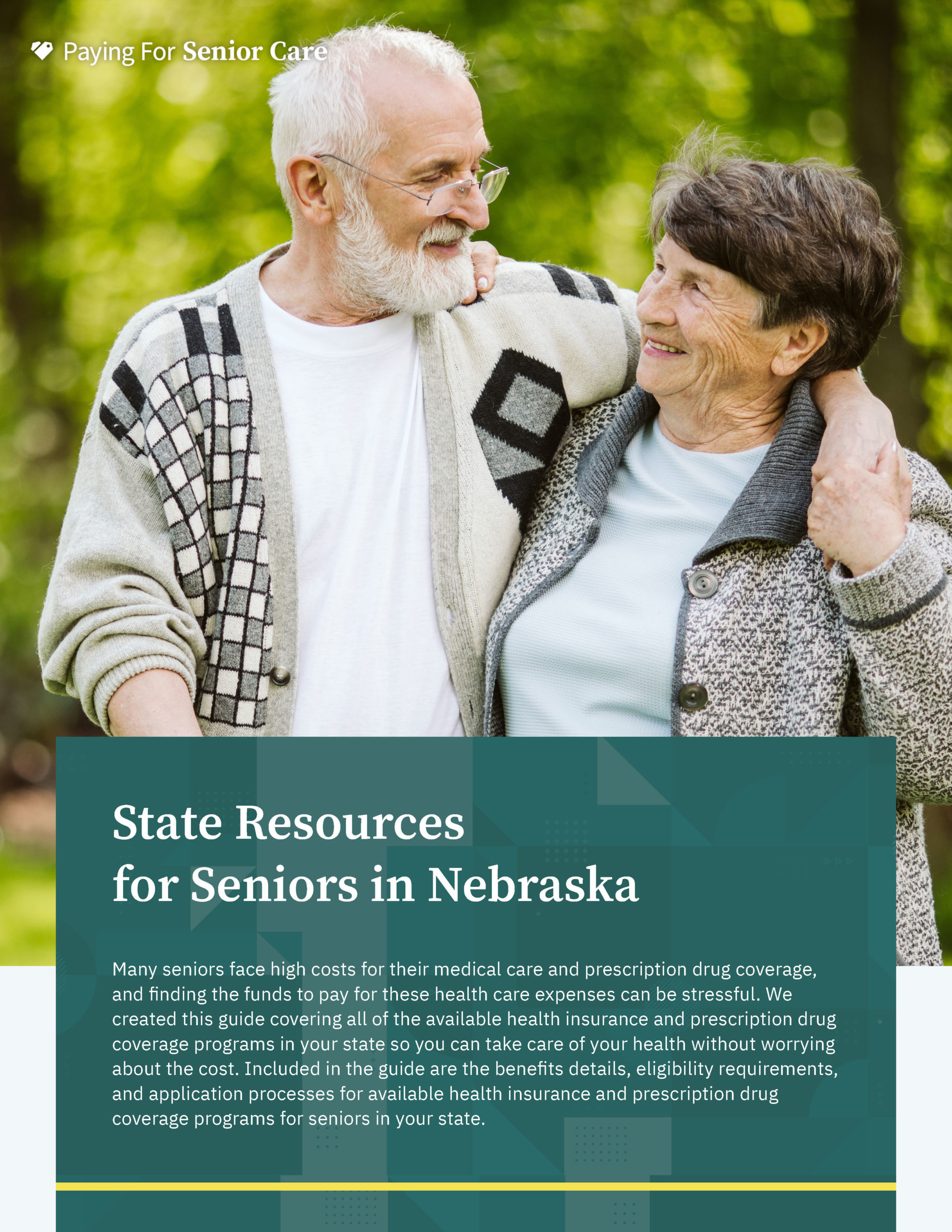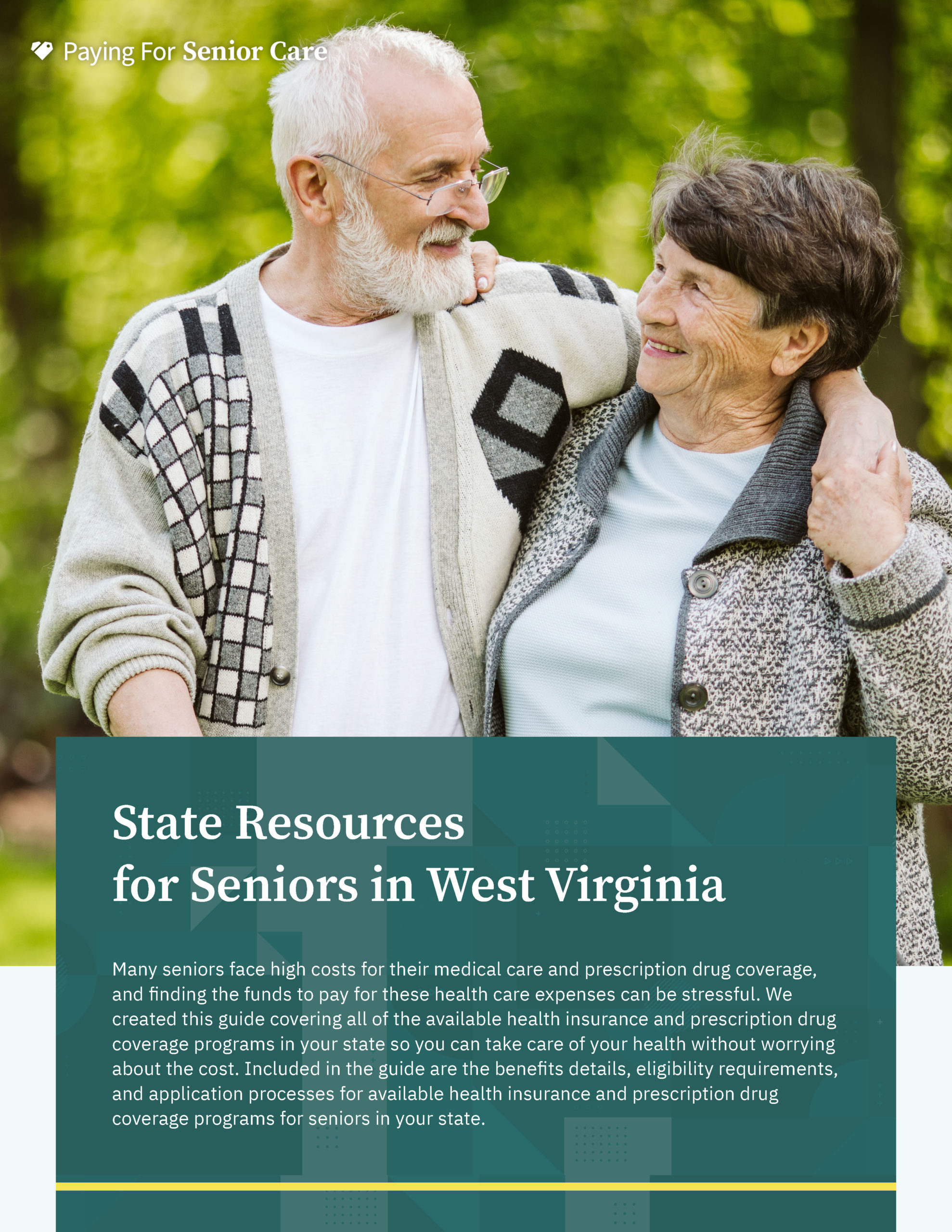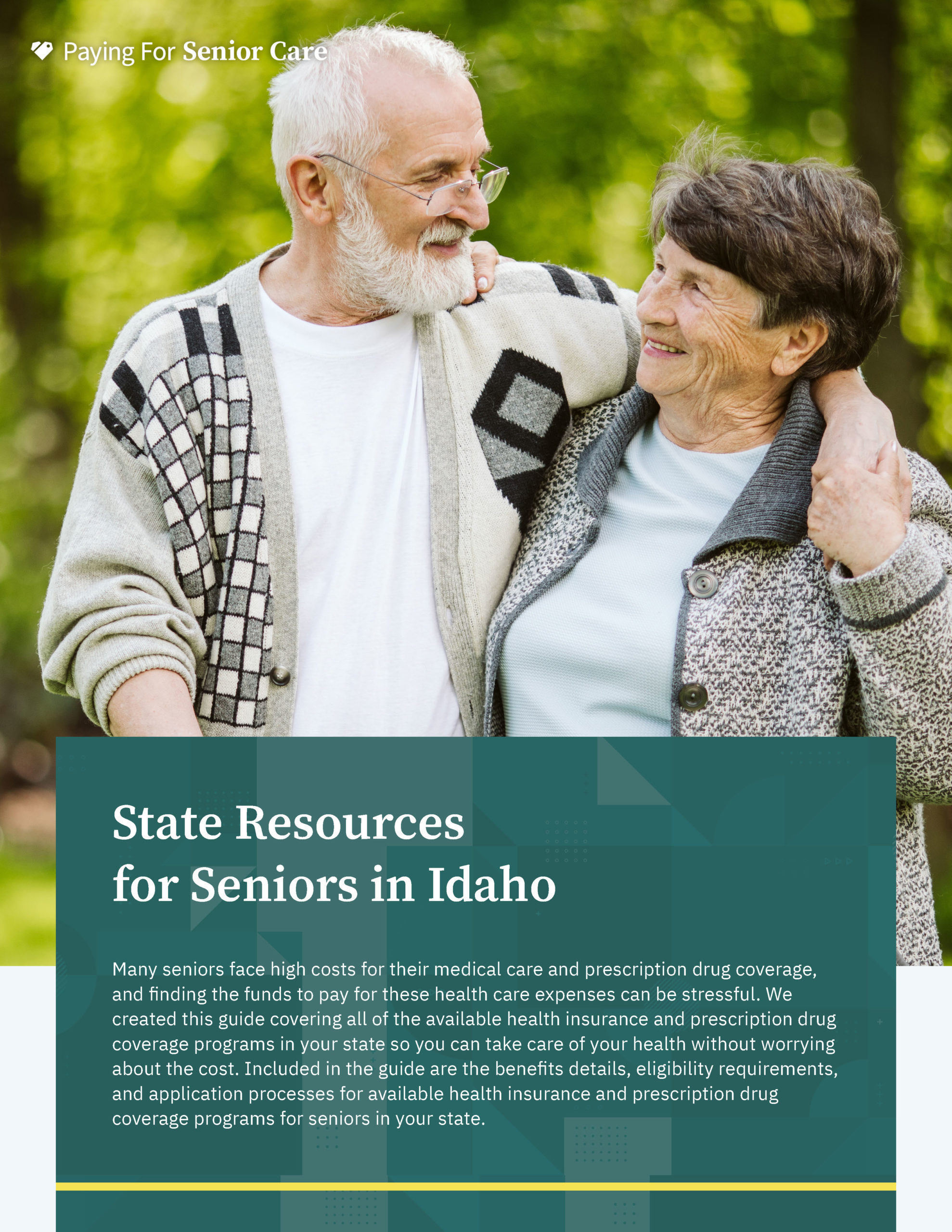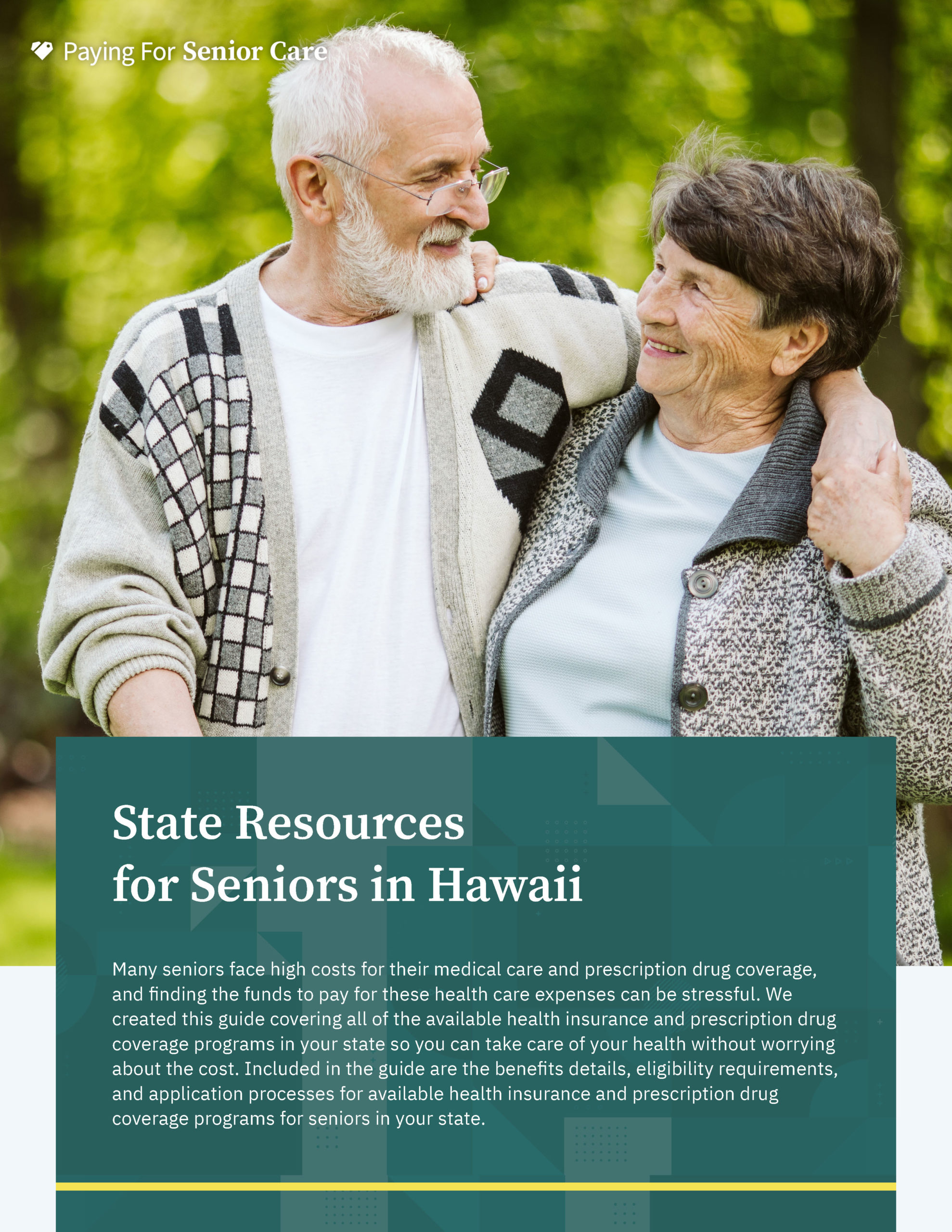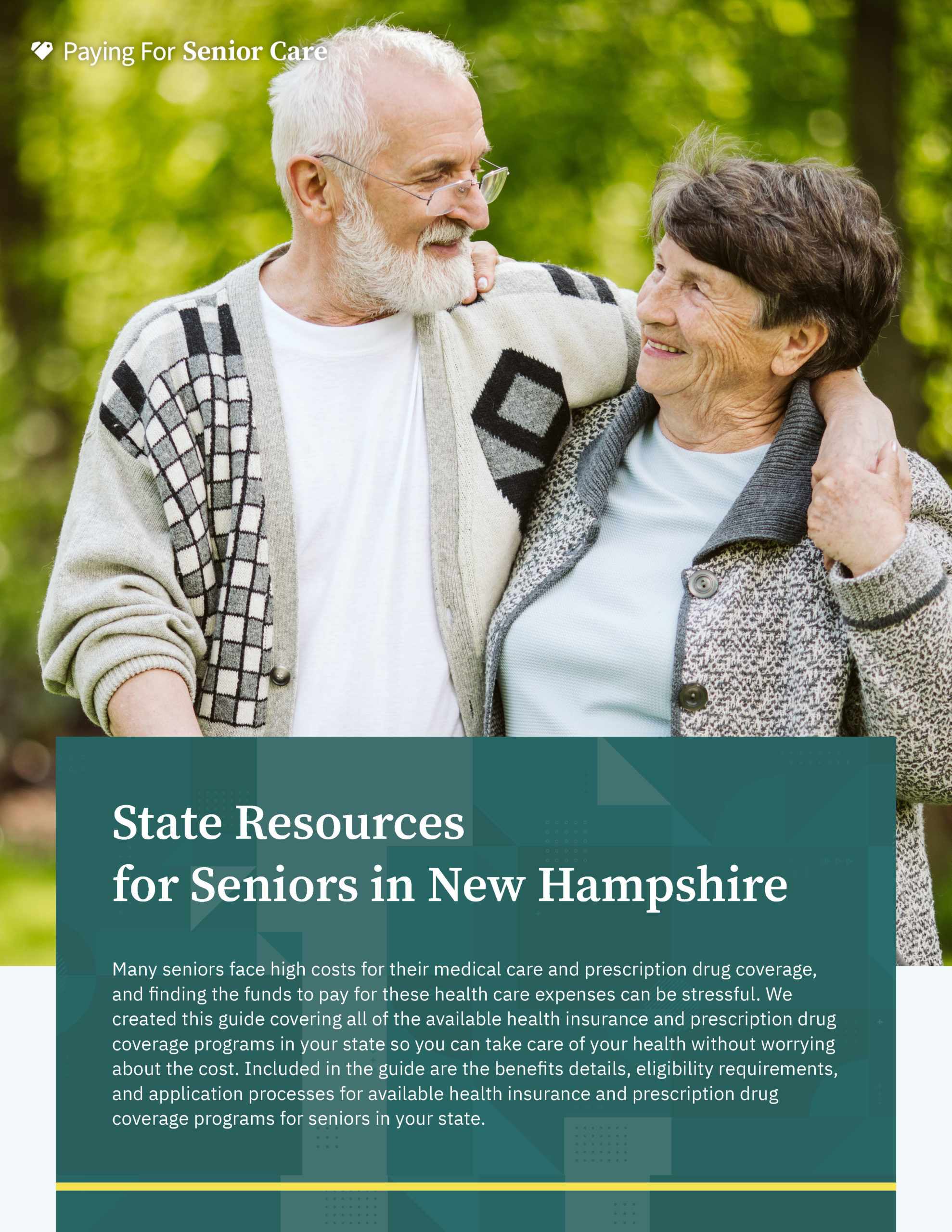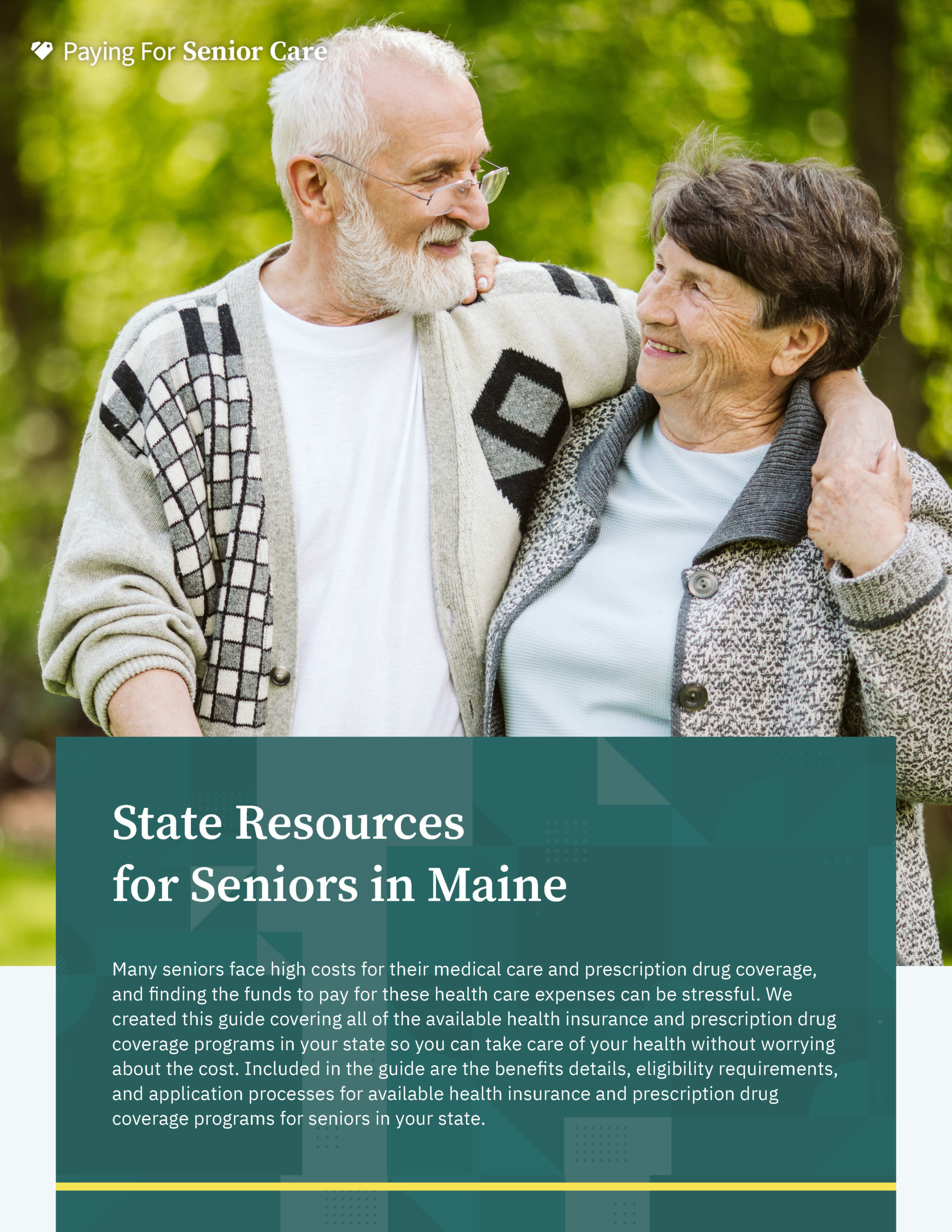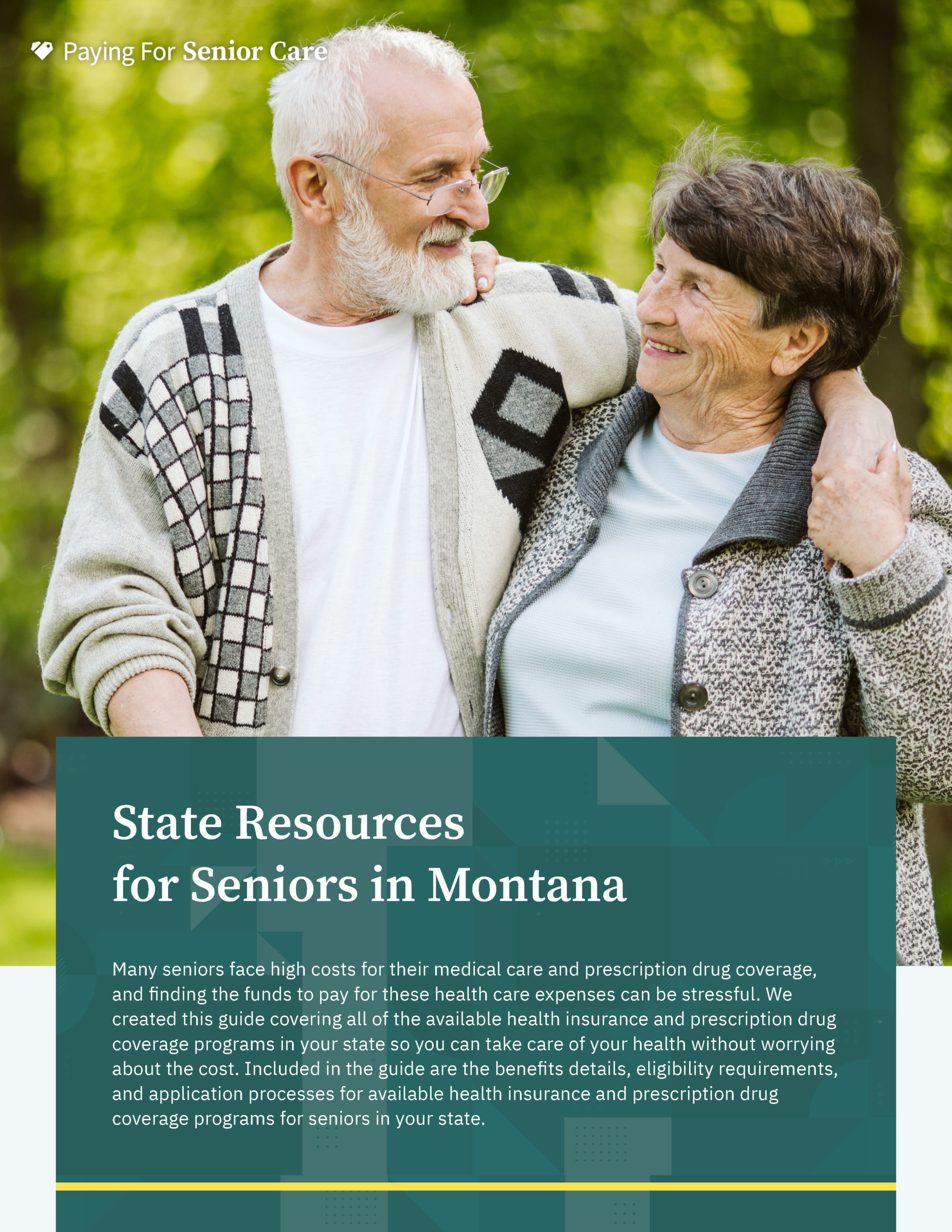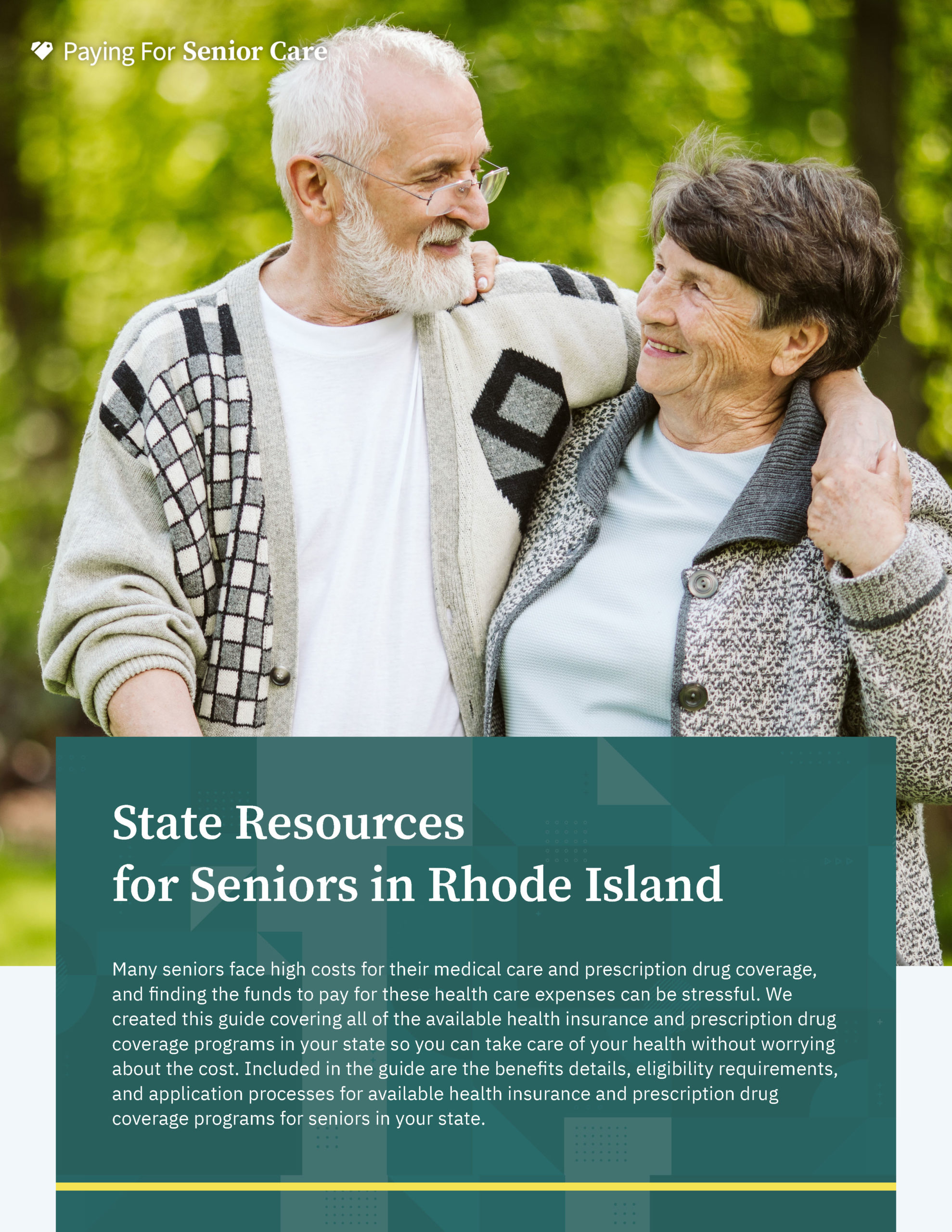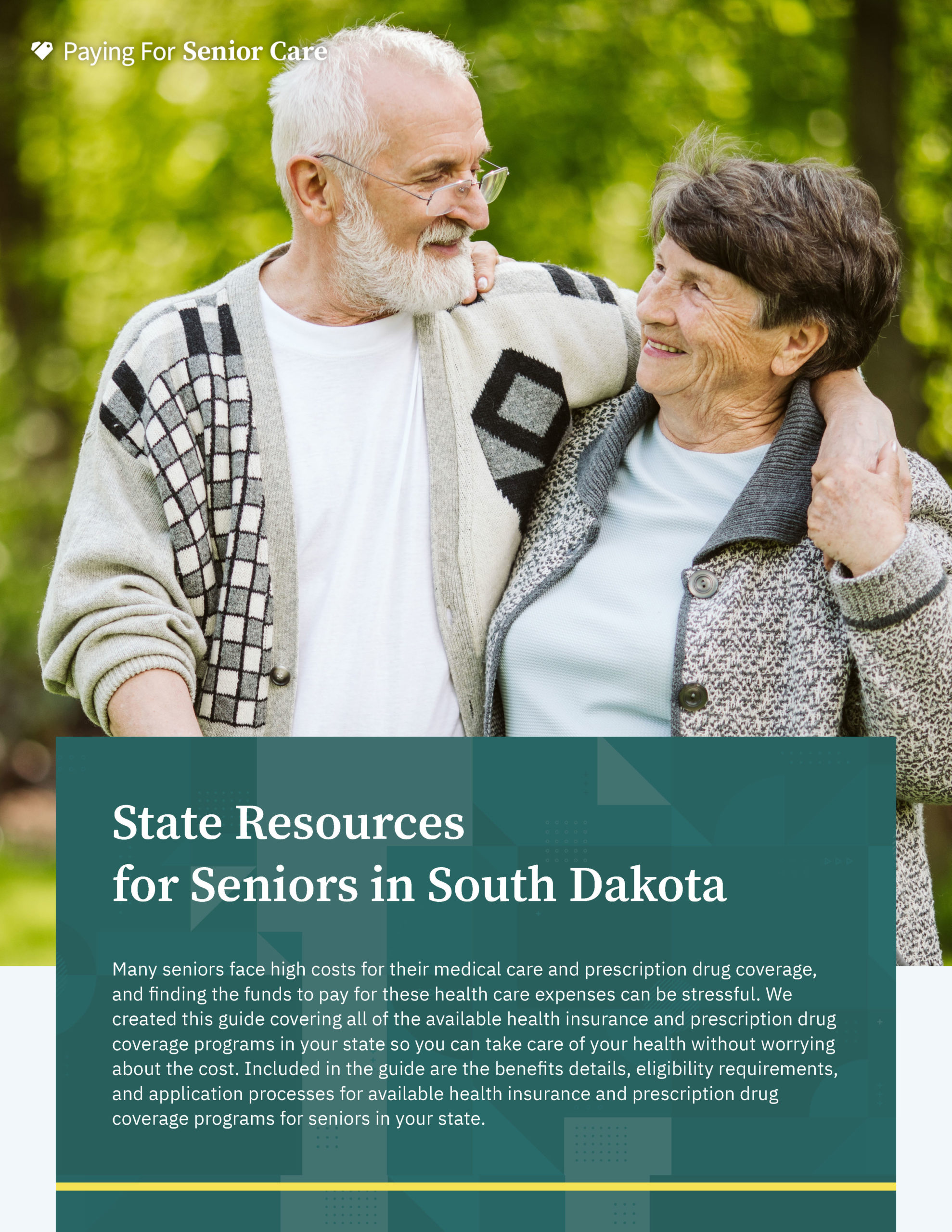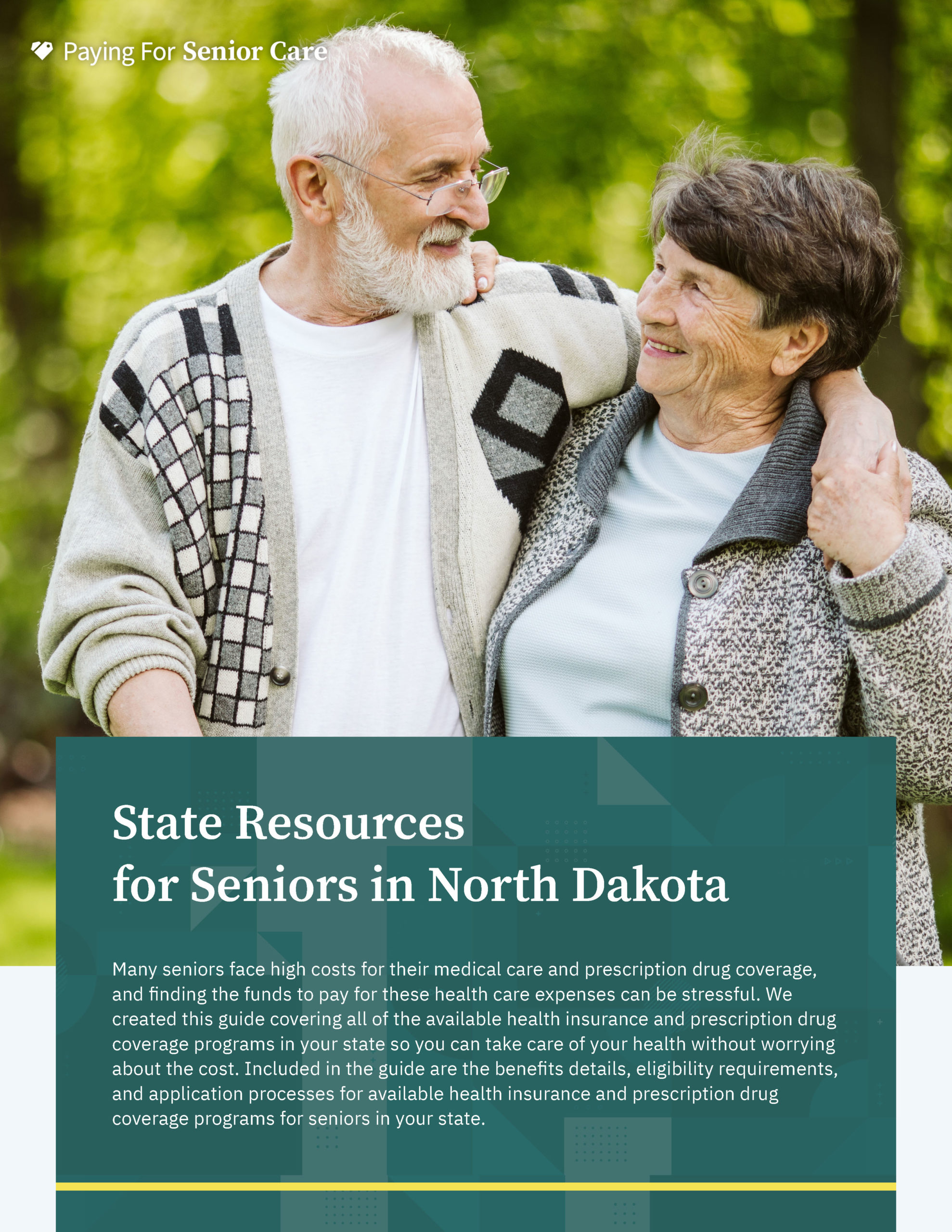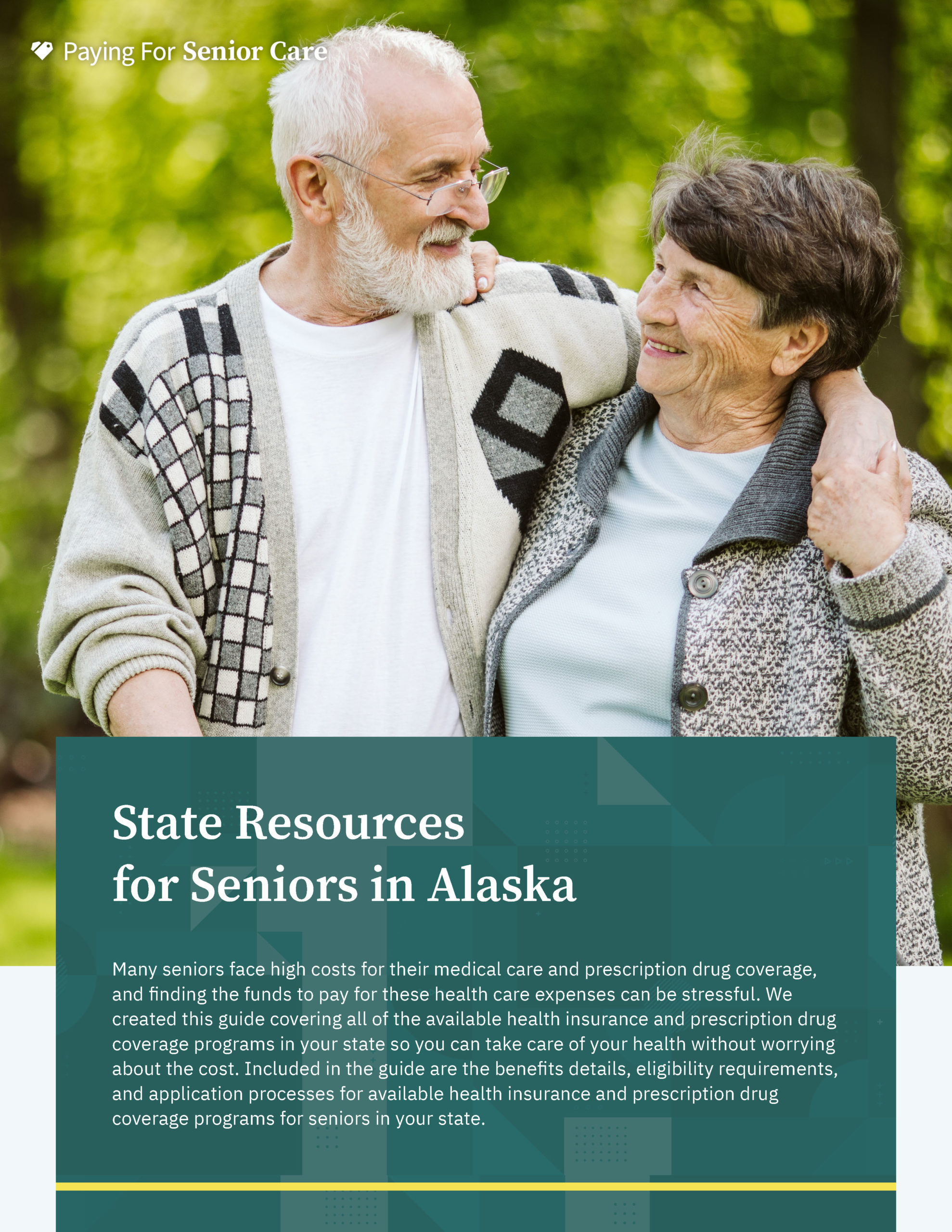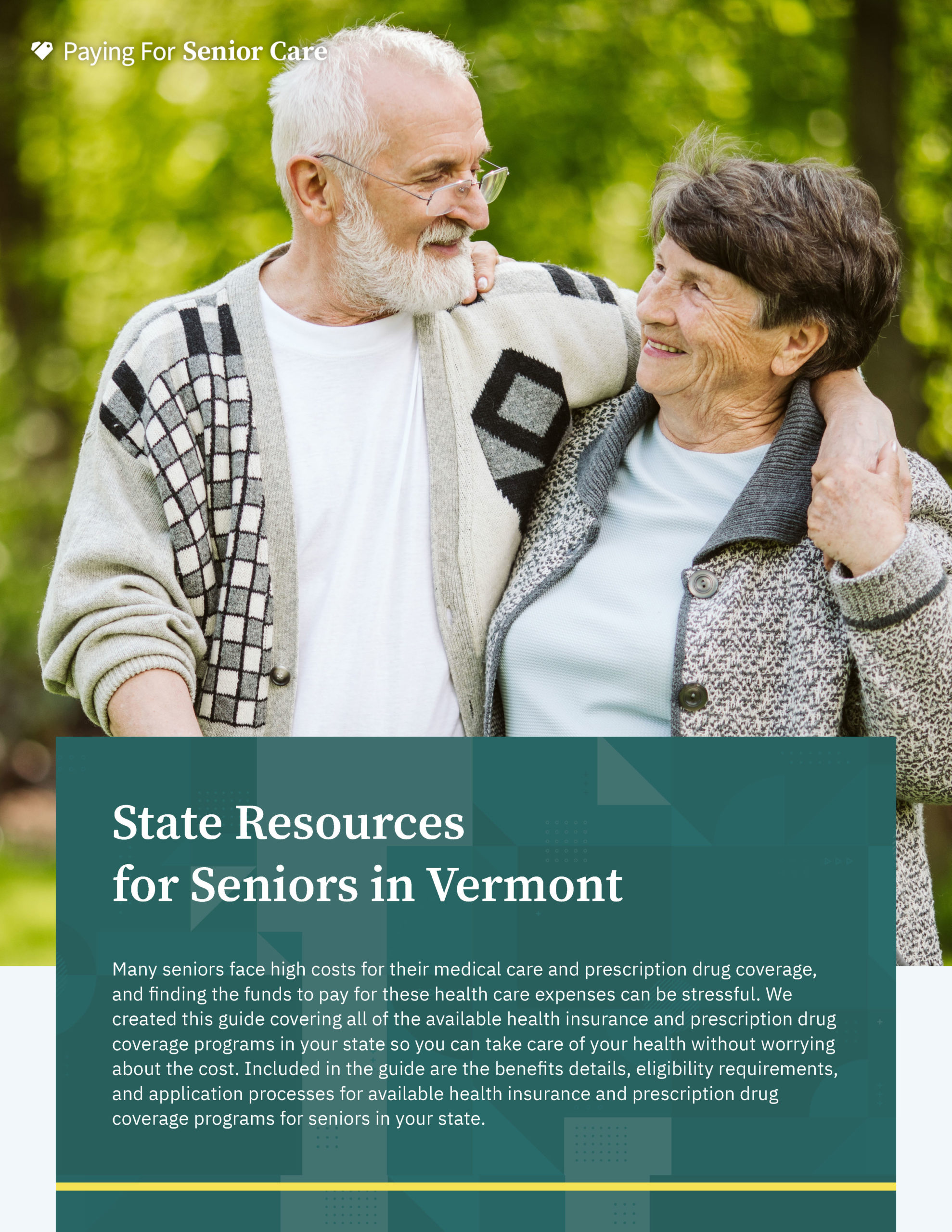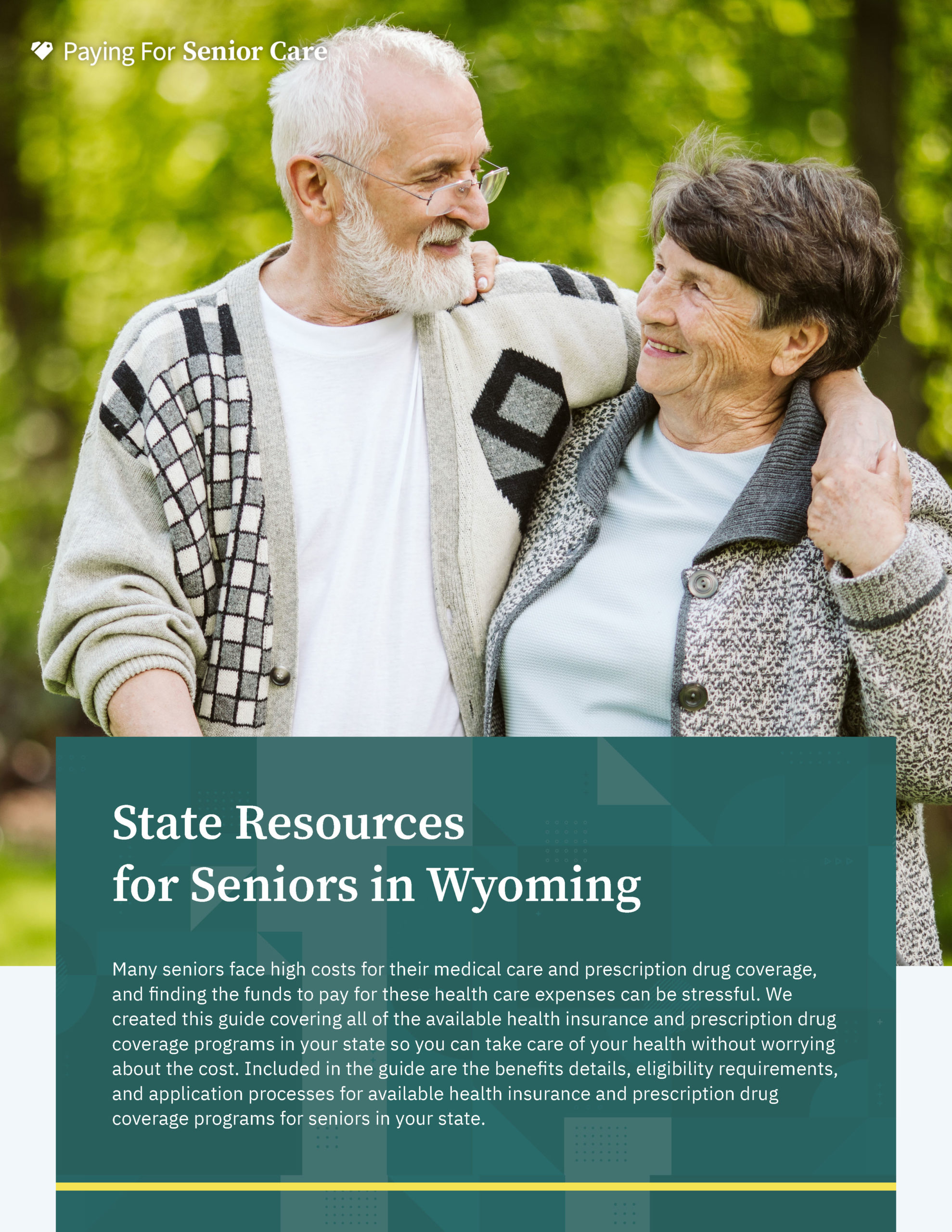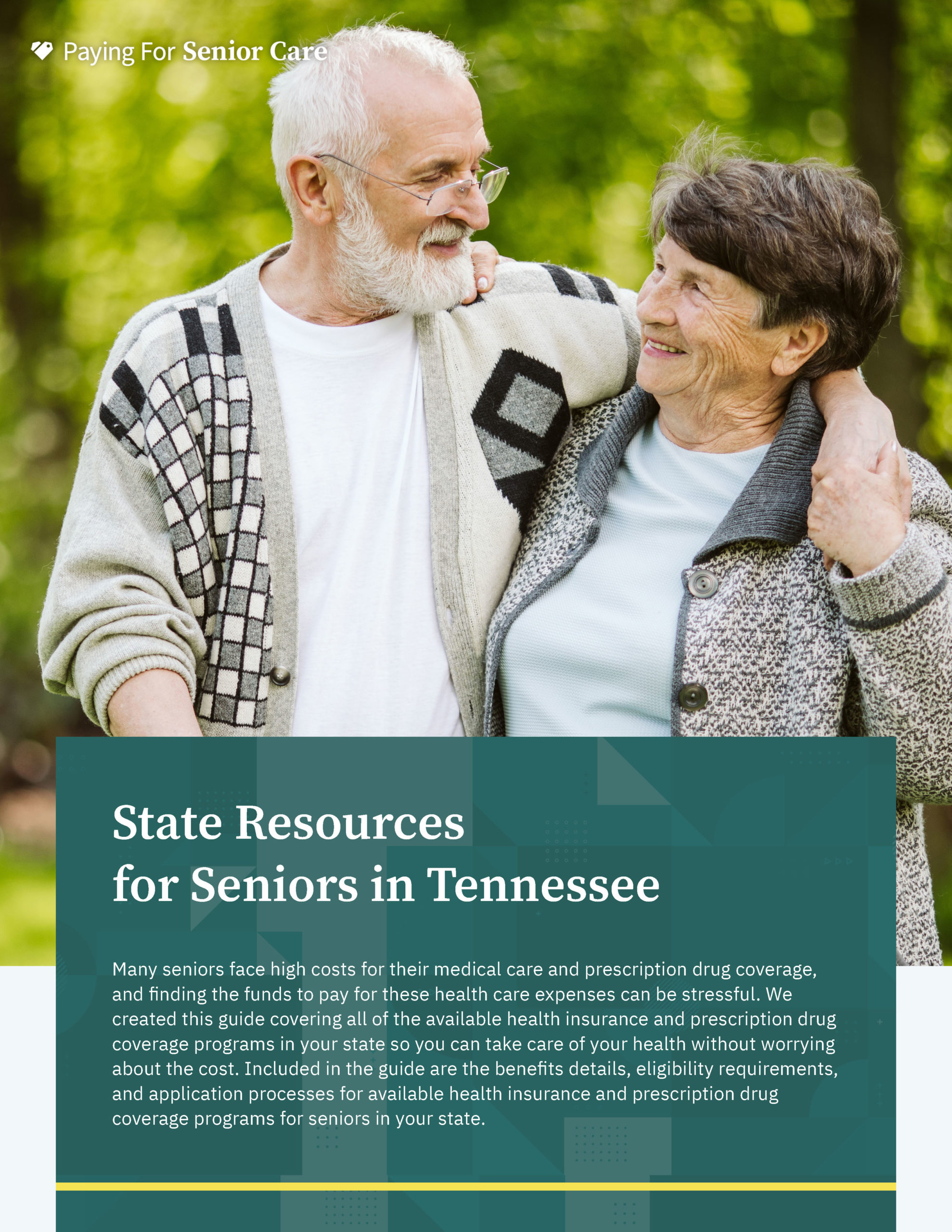By 2060, the United States will have approximately 98 million adults aged 65 and older — nearly 25% of the entire population. “Many of those adults will live on fixed incomes or encounter difficulties paying for housing, food, utilities and other basic necessities, especially those with high medical expenses due to chronic health conditions,” explains Marc Levesque, Resource Coordinator at Hartford HealthCare Center for Healthy Aging.
Fortunately, the federal government provides entitlement programs designed to help seniors maintain their independence and dignity as they age in the community of their choice. If you need help covering your living expenses or supplementing your retirement income, you may qualify for one of these programs.
This guide includes a detailed program listing, along with eligibility requirements and contact information, to help you access the resources you need. It’s important to know that federal programs may be administered differently in each state, so financial thresholds may differ depending on where you reside. Always check with your state organization for each type of assistance for additional requirements your state may need.
Government Housing Assistance
On September 30, 2020, The New York Times published an article calling homelessness among seniors “America’s next housing crisis.” Writing for Health Affairs, Bryan Byrd explains, “Some [homeless seniors] have spent their lives working low wage, often manual-labor jobs —and they cannot afford ever-increasing rents as their bodies age and can no longer sustain the lifting and bending required by the low-wage job market.”
In addition to putting individual seniors at risk, homelessness drives up health care costs, making it even more difficult for Americans to pay for basic necessities. Fortunately, several federal programs can help seniors remain in their homes, reducing the risk of comorbidities associated with homelessness.
Section 504 Home Repair Program
For seniors living in unsafe conditions, the Section 504 Home Repair program provides up to $10,000 in grant funding to eliminate health and safety hazards. Grant funds can’t be used to make repairs that aren’t related to a health and safety issue.
Eligibility Requirements
To receive Section 504 funds, you must live in an eligible rural area as defined by the U.S. Department of Agriculture. You must also meet the following requirements:
- Your household income must be at or below the “very low limit,” which varies by county.
- You must be at least 62 years old.
- You must own your home and use it as your primary residence.
- You must be unable to secure an affordable loan from a bank or other financial institution.
How to Apply
You’ll need to contact your local USDA Rural Development Office to begin the application process. Prepare for the call by downloading the following documents from the Rural Development website:
- Uniform Residential Loan Application
- Employment and Asset Certification form
- Attachment 12-E checklist
- Request for Information
Contact Information
Website: https://www.rd.usda.gov/programs-services/single-family-housing-programs/single-family-housing-repair-loans-grants
Weatherization Assistance Program
The Weatherization Assistance Program helps eligible seniors reduce their energy bills and make energy efficient repairs. If you qualify, you may be able to get help replacing an outdated HVAC system, replacing drafty windows or installing systems designed to reduce energy usage. This program also covers the installation of energy-efficient fixtures.
Eligibility Requirements
You may qualify for WAP funds if your household income is at or below 200% of the Federal Poverty Level (FPL). If you don’t meet this requirement, you may qualify if you receive benefits from the Aid to Families with Dependent Children or Supplemental Security Income (SSI) programs. If your state uses criteria established by the Low Income Home Energy Assistance Program, it’s possible to qualify if your household income is at or below 60% of the median household income for your state.
How to Apply
Requirements vary by state, so visit Energy.gov and look for the weatherization administrator in your state. After you contact the state administrator, follow the instructions provided to complete your application.
Contact Information
Website: https://www.energy.gov/eere/wap/weatherization-assistance-program
Low Income Home Energy Assistance Program (LIHEAP)
If high energy costs are putting a dent in your budget, you may qualify for assistance from the Low Income Home Energy Assistance Program. LIHEAP helps participants facing energy-related emergencies, such as an impending power shutoff or the threat of eviction due to unpaid utility bills. It may also pay for repairs or weatherization efforts designed to increase energy efficiency. According to the U.S. Department of Health & Human Services, “an estimated 5.3 million households received assistance with heating costs through LIHEAP” in 2019.
Eligibility Requirements
LIHEAP eligibility is typically based on your income. As of 2022, the annual income limit for single applicants is $20,385. If you live with other people, add $7,080 per person to the base amount to determine if you’re eligible. For example, if your household includes three people, the limit would be $34,545 per year.
Some people qualify for LIHEAP based on their participation in other public assistance programs. You may be eligible if you receive SNAP, SSI or TANF benefits.
How to Apply
To apply for LIHEAP, you need to contact your state or regional LIHEAP organization. Call (866) 674-6327 or use the online LIHEAP map to find an office in your area.
Contact Information
Website: https://www.acf.hhs.gov/ocs/low-income-home-energy-assistance-program-liheap
Housing and Urban Development Programs
The U.S. Department of Housing and Urban Development has several programs to help seniors stay in their homes. Housing choice vouchers and the Section 202 program give older adults access to affordable housing, while home equity conversion mortgages allow seniors to convert their equity into cash.
Housing Choice Vouchers
HUD uses housing choice vouchers to subsidize monthly rent payments for eligible participants. Although HUD is a federal agency, the program is administered at the local level via a network of public housing authorities. If you qualify for housing choice vouchers, your local housing authority will calculate a subsidy based on the market rent for the unit.
The tenant portion of the rent is based on several factors, but you can’t be required to pay more than 40% of your monthly adjusted income. Your adjusted income is determined when you sign your first lease or move into a subsidized housing unit.
Mr. Levesque advises: “Given the high demand for this subsidized public housing option, many municipalities’ housing stock are at full capacity with waiting lists that are closed. It’s best to anticipate an eventual move to these housing options 2-4 years in advance so you can get your name on a waiting list once those lists open up for new applications.”
Eligibility Requirements
All HUD participants must be U.S. citizens or legal residents. You must also meet the income requirements established by your local housing authority.
How to Apply
Contact your local public housing authority for information on how to apply for housing choice vouchers in your area. Some municipalities might contract with local non-profit agencies to assist individuals with the housing process and guide people through the application and verifications required for the process.
Contact Information
Website: https://www.hud.gov/program_offices/public_indian_housing/programs/hcv/about
Home Equity Conversion Mortgages
If you own your home, you may be able to use a home equity conversion mortgage to convert the equity into cash. Equity is the difference between the value of your home and the balance of your mortgage. If your home is worth $200,000 and the mortgage has been paid off, then you have $200,000 in home equity. Cash from a home equity conversion mortgage may be used for medical bills, repairs and other expenses.
Eligibility Requirements
The minimum age for the HECM program is 62. You also need to own your home and have a significant amount of equity — preferably 100%. You must also meet the following requirements:
- No delinquent federal debt
- Ability to pay the property taxes and insurance
- Use the home as a primary residence
- Make all tax and insurance payments on time
To qualify for an HECM, you must also own a home that meets HUD’s general property standards and any flood requirements applicable to your area.
How to Apply
Contact a lender approved by the Federal Housing Administration to start the application process. You’ll need to attend an information session with a HUD-approved counselor and meet other requirements.
Contact Information
Telephone: (800) 569-4287
Website: https://www.hud.gov/program_offices/housing/sfh/hecm/hecmhome
Section 202 Housing
Section 202 housing, also known as Supportive Housing for the Elderly, provides affordable housing and extra services to help older adults remain in their communities. These services may include meal preparation and transportation to medical appointments. To ensure seniors have enough affordable housing options, HUD provides funds to nonprofit organizations to build or renovate structures that will be used to house older adults who need supportive services to maintain their independence.
Eligibility Requirements
Section 202 housing is reserved for households with at least one member who is aged 62 or older. You also need to meet the definition of a very low income household; therefore, the income limit depends on where you live. The HUD User website has a search tool to help you determine if your household meets this requirement.
Even if you meet these initial requirements, you may not qualify for Section 202 housing if you have been evicted from HUD housing in the past, have a criminal record or owe money to a local housing authority.
How to Apply
If you’re interested in this program, you or your caregiver need to find an available rental unit and speak with the property manager. After filling out your application, you’ll need to complete an interview to help the property manager determine whether you’re eligible. You may be asked to bring other members of your household with you.
Contact Information
Website: https://www.hud.gov/program_offices/housing/mfh/progdesc/eld202
Health and Medical Assistance Programs
Older adults have some unique risk factors that make them more susceptible to developing chronic conditions that are expensive to treat. “All major systems slow down as seniors age, making them at risk due to increased weakness and stamina, decreased circulation and also potential cognitive changes,” explains Melissa Garthwait, BSW, a Resource Coordinator at Hartford HealthCare Center for Aging. Rising costs are making it more difficult for seniors to pay for medications and necessary health care services. Even older adults with health insurance may struggle to pay their deductibles, copays or premiums. As a result, the Commonwealth Fund reports that older Americans “are more likely to not get care for cost-related reasons than people in other high-income countries.”
The federal government funds several programs to help make health care costs more manageable and ensure that participants can access needed health services.
Medicare
Medicare is a type of health insurance designed specifically for older adults. It also covers younger people who have disabilities that prevent them from working full-time and earning enough to cover medical expenses and other necessities.
Original Medicare is managed by the federal government and split into two parts. Part A, also known as Hospital Insurance, pays for inpatient care in a hospital, inpatient care in a nursing home that is not custodial or long term care, hospice and home health care. Part B, known as Medical Insurance, covers the services you receive on an outpatient basis, such as doctor visits, outpatient care, preventative services and durable medical equipment.
If you decide to enroll in Medicare Advantage, your plan will be managed by a private insurance company, instead of the federal government. All participating insurers must follow the rules established by the Centers for Medicare & Medicaid Services, which means each Medicare Advantage Plan must cover all the same services as Original Medicare. What makes Medicare Advantage different is that insurers can choose to offer additional benefits, making private plans more attractive. For example, Original Medicare doesn’t cover dental care, but some Medicare Advantage Plans may cover vision, dental and/or hearing services.
Eligibility Requirements
To qualify for Medicare, you must be at least 65 years old or under 65 with end-stage renal disease or another disability. If you are under 65 but over 18 and receiving social security disability (SSDI) or Railroad Retirement Disability benefits, there is a waiting period of 24 months before you can start receiving Medicare benefits. If you or your spouse worked and paid Medicare taxes for at least 10 years, you can get free Part A coverage if you meet one of the following requirements:
- You qualify for retirement benefits from the Social Security Administration or the Railroad Retirement Board.
- You’re already receiving retirement benefits from the Social Security Administration or the Railroad Retirement Board.
How to Apply
To enroll in Medicare for the first time, call (800) 772-1213 or fill out the online application. You can also visit your local Social Security office to get help completing the required form. If you want to switch to Medicare Advantage during the open enrollment period, use the Medicare Plan Finder to compare the plans offered by private insurers. When you’re ready to enroll, contact the insurance company to request an application.
Contact Information
Telephone: (800) 633-4227
Website: https://www.medicare.gov
Medicare Part D
Medicare Part B pays for medications administered in a doctor’s office or medical clinic, but there’s no coverage for the prescriptions you get from a pharmacy. To make your health-related costs more manageable, you may want to sign up for Medicare Part D, a supplemental plan that covers a wide range of prescription medications. Medicare Part D plans are sold by private insurance companies, so the monthly premium depends on which plan you select.
Eligibility Requirements
To sign up for Medicare Part D, you must be enrolled in Original Medicare or eligible for Original Medicare. If you have Medicare Advantage, you can’t enroll in Medicare Part D unless your plan doesn’t include prescription coverage.
How to Apply
You can enroll in Medicare Part D by doing one of the following:
- Use the Medicare Plan Finder to compare plans and determine which one is right for you. Once you have a plan in mind, contact the insurance company to enroll.
- Call 1-800-MEDICARE.
- Fill out a paper enrollment form.
When you enroll in Part D, you need to let the insurance company know when your Medicare coverage started. You’ll also need to provide your Medicare Number.
Contact Information
Telephone: 1-800-MEDICARE
Website: https://www.medicare.gov/drug-coverage-part-d
Medicaid
Medicaid is a type of health insurance provided to low-income individuals who meet the program’s eligibility requirements. The federal government provides some of the funding for Medicaid, but each program is administered at the state level. Therefore, the eligibility requirements and out-of-pocket costs depend on where you live. Many states also have waiver programs to help Medicaid enrollees pay for services that aren’t covered by traditional Medicaid.
Eligibility Requirements
If you receive SSI benefits, you automatically qualify for Medicaid coverage. You may also qualify if you meet the financial requirements established by your state. These requirements typically include an income limit and a cap on the value of your assets. Some states use federal guidelines for determining income limits, but others use custom guidelines that are more restrictive than the federal ones.
How to Apply
If your state participates in the federal Health Insurance Marketplace, sign up for a HealthCare.gov account and submit the application. Even if you don’t qualify for Medicaid, you may be eligible for a tax credit to help you pay for health coverage. Otherwise, contact your state Medicaid agency to start the application process.
Contact Information
Website: https://www.medicaid.gov
Nursing Home Medicaid
Nursing home Medicaid, also known as Institutional Medicaid, covers the cost of nursing home care for eligible enrollees. Traditional Medicaid doesn’t cover room and board at nursing homes, but Institutional Medicaid does, increasing access to skilled nursing care delivered in hospitals, mental health centers and nursing facilities.
Eligibility Requirements
Like traditional Medicaid, nursing home Medicaid is administered at the state level, meaning the income and asset requirements vary by state. Be prepared to provide information about your bank accounts, vehicles and other assets to help Medicaid employees determine if you’re eligible.
How to Apply
Contact your state Medicaid agency to find out how to apply.
Contact Information
Website: https://www.medicaid.gov/medicaid/long-term-services-supports/institutional-long-term-care/index.html
Medicare Savings Programs
If you have Original Medicare, you have to pay a monthly premium for Part B coverage. You also need to pay Part A and Part B deductibles and copays and/or coinsurance for some services. Medicare Advantage also has a monthly premium, as does Part D coverage for prescription drugs. These costs add up quickly, making it difficult for some seniors to access health care. Medicare Savings Programs cover some of these costs, increasing access to preventive care and treatment for chronic and acute diseases.
Eligibility Requirements
As of 2022, there are four MSPs: the Qualified Medicare Beneficiary Program, the Specified Low-Income Medicare Beneficiary Program, the Qualifying Individual Program and the Qualified Disabled and Working Individuals Program. Each program has income and asset limits you must meet, which are summarized in the table below. Please note these figures differ from state to state so be sure to check your local State Health Insurance Plan website for income and assets thresholds for your area.
|
Program Name
|
Income Limit*
|
Resource Limit
|
What’s Covered
|
|
Qualified Medicare Beneficiary (QMB)
|
$1,153 for individuals
$1,546 for married couples
|
$8,400 for individuals
$12,600 for married couples
|
Part A premiums
Part B premiums
Deductibles, copays and coinsurance for services covered by Medicare
|
|
Specified Low-Income Medicare Beneficiary Program (SLMB)
|
$1,379 for individuals
$1,851 for married couples
|
$8,400 for individuals
$12,600 for married couples
|
Part B premiums
|
|
Qualifying Individual (QI)
|
$1,549 for individuals
$2,080 for married couples
|
$8,400 for individuals
$12,600 for married couples
|
Part B premiums
|
|
Qualified Disabled and Working Individuals Program (QDWI)
|
$,4615 for individuals
$6,189 for married couples
|
$4,000 for individuals
$6,000 for married couples
|
Part A premiums
|
*Due to higher costs of living, the income limits for Hawaii and Alaska are higher.
How to Apply
Contact your state Medicaid agency for more information.
Contact Information
Website: https://www.medicare.gov/your-medicare-costs/get-help-paying-costs/medicare-savings-programs
Government-Funded Food Programs
According to a report released by the National Council on Aging, more than 7 million seniors in the United States are facing food insecurity. This means they don’t have consistent access to the food they need to stay active and maintain their health. Food insecurity is an even bigger problem among certain groups of seniors. For example, the NCOA report indicates that “older adults with disabilities are more than 2.5 times as likely to be food insecure as their non-disabled peers.”
Some seniors struggle to pay for food because they live on fixed incomes, while others struggle with food insecurity because they spend much of their income on out-of-pocket medical expenses. “Government-funded programs that provide high-quality, nutritious food for seniors battling chronic conditions like diabetes and heart disease could lead to improved health outcomes and provide a significant return on investment, especially for seniors covered under a Medicaid-funded health insurance plan,” states Mr. Levesque.
Rising housing and energy costs also contribute to the problem, forcing some seniors to choose between buying groceries or paying rent and utilities. If you can’t afford as much food as you need, one of these programs may be able to help.
Emergency Food Assistance Program
The Emergency Food Assistance Program distributes food to nonprofit organizations throughout the United States. These organizations are responsible for distributing the food to seniors in need or using the items to prepare meals in community settings. Product availability depends on growing conditions and other factors, but the TEFAP typically distributes fruits and vegetables.
Eligibility Requirements
If you receive prepared meals at a senior center or another community site, you don’t have to pass a means test to qualify for TEFAP. If you want to get food from a food bank or other organization, your annual income must fall below the limit established by your state.
How to Apply
Contact your state distributing agency to find out how to apply for TEFAP in your state.
Contact Information
Website: https://www.fns.usda.gov/tefap/emergency-food-assistance-program
Commodity Supplemental Food Program
The Commodity Supplemental Food Program makes commodity items available to eligible participants. A commodity is a food product derived from some type of agricultural resource, such as a herd of cattle or a crop of corn. Therefore, CSFP food packages typically contain a mix of fruits, vegetables, legumes and meat-based products. These items are designed to supplement your regular diet, ensuring you receive enough vitamins, minerals and macronutrients.
Eligibility Requirements
You must be at least 60 years old and have a household income that doesn’t exceed 130% of the FPL. You also need to live in a state or on a reservation that participates in the CSFP.
How to Apply
Contact your local USDA office to confirm your eligibility and apply to receive CSFP food packages.
Contact Information
Website: https://www.fns.usda.gov/csfp/commodity-supplemental-food-program
Supplemental Nutrition Assistance Program
The Supplemental Nutrition Assistance Program increases access to nutritious foods by providing a monthly benefit to eligible households. SNAP covers a wide range of foods, including meats, poultry, fruits, vegetables, seafood, cereals and dairy products. You can also use your SNAP benefits to buy seeds to be used for growing food. For example, you can buy seeds for several types of herbs, making it less expensive to add flavor to your meals.
Eligibility Requirements
If you’re aged 60 or older, the SNAP resource limit is $3,750, but the limit doesn’t apply if you participate in the TANF or SSI program. For a one-person household, the net monthly income limit is $1,074, and the gross monthly income limit is $1,396. This increases to $1,452 in net monthly income and $1,888 in gross monthly income for a two-person household. Net monthly income is what’s left over after deductions are subtracted from your gross monthly income.
How to Apply
Contact your local SNAP office. Your local Senior Center or town Social Worker can also assist with completing and mailing the SNAP application.
Contact Information
Website: https://www.fns.usda.gov/snap/supplemental-nutrition-assistance-program
Food Distribution Program on Indian Reservations
Many Indian reservations are located miles away from the nearest grocery store, making it difficult to use SNAP benefits to buy food. For residents of these reservations, the Food Distribution Program on Indian Reservations is a potential alternative. Instead of providing supplemental benefits that can be used at grocery stores and markets, FDPIR sends commodity food items directly to Indian Tribal Organizations and state agencies to be distributed to program participants.
Eligibility Requirements
To qualify for FDPIR, you must live on an Indian reservation or in an area that has been approved by program administrators. If you live in an approved area, rather than on a reservation, at least one person in your household must belong to a federally recognized tribe. You can’t receive SNAP benefits at the same time you’re receiving FDPIR benefits, and you must also meet the SNAP income requirements for your state to qualify for this program.
How to Apply
Contact the USDA Food and Nutrition office in your area.
Contact Information
Website: https://www.fns.usda.gov/fdpir/food-distribution-program-indian-reservations
Senior Farmers’ Market Nutrition Program
Due to the amount of effort required to grow produce and keep it fresh during transport, fruits and vegetables are often more expensive than snack foods and canned foods with less nutritional value. The Senior Farmers’ Market Nutrition Program provides vouchers to help eligible participants pay for local honey, vegetables, fruits and herbs, making it easier to add these nutritious items to your diet.
Eligibility Requirements
To qualify for the SFMNP, you must be at least 60 years old. The program has an income limit of 185% of the FPL.
How to Apply
Contact your state distribution agency for application instructions.
Contact Information
Website: https://www.fns.usda.gov/sfmnp/senior-farmers-market-nutrition-program
Income and Employment Assistance Programs
If your income is low, it can be difficult to pay for everything you need to stay safe and healthy. Groceries, utilities, rent, medical expenses and other costs add up quickly, forcing you to make tough decisions about how to spend your limited funds. The federal government l provides programs to help you increase your monthly income.
Supplemental Security Income
Supplemental Security Income provides a monthly income supplement to help you pay for food, shelter and other necessities. In some cases, you can receive SSI and Social Security retirement at the same time, increasing your financial security.
Eligibility Requirements
Unlike Social Security retirement benefits, SSI is only available to participants with limited financial resources. You must also meet the following requirements:
- U.S. citizen, resident alien or U.S. national
- Reside in a U.S. state, the District of Columbia or the Northern Mariana Islands
- At least 65 years old, disabled or blind
- Not confined to a government-funded institution, such as jail or a state hospital
How to Apply
Apply online at the Social Security Disability benefits website, call (800) 772-1213 or use the Social Security website to request an appointment for in-person assistance.
Contact Information
Telephone: (800) 772-1213
Website: https://www.ssa.gov/ssi
Federal Retirement System Benefits
If you were a federal employee, you may qualify for benefits through the Federal Employees Retirement System. These benefits are available to retirees, as well as employees who reduce their work hours. Benefits available under Social Security and the Thrift Savings Plan even stay with you if you leave your federal employer to work in the private sector or get a job with a local or state agency.
Eligibility Requirements
Eligibility requirements depend on how many years you worked, your age and other factors. For example, you may need to reach a minimum retirement age before you can apply for certain benefits.
How to Apply
For immediate retirement benefits, fill out the application and mail it to the following address:
Office of Personnel Management
Federal Employees Retirement System
P.O. Box 45
Boyers, PA 16017-0045
For postponed or deferred retirement benefits, complete the FERS Application for Deferred or Postponed Retirement and mail it to the Office of Personnel Management at the address above.
Contact Information
Website: https://www.opm.gov/retirement-services/fers-information
Social Security
Social Security retirement benefits replace some of the income you lose when you stop working. Unlike SSI benefits, Social Security benefits aren’t set aside for seniors with limited resources. The amount you receive each month depends on how much you made when you were working and when you claim your benefit. Benefit amounts also vary based on how long you worked. Mr. Levesque explains, “You can claim Social Security as early as age 62, but the amount you receive will be less than if you waited until your full retirement age. Full retirement age is based upon your birth year, but generally it’s between the ages 66-67 years old. If you delay claiming your benefit beyond your full retirement age, you’ll receive an 8% increase in your benefit per year until you reach 70 years old.”
Eligibility Requirements
You must earn at least 40 work credits to qualify for retirement benefits through the Social Security program. If you’re married and don’t have the minimum number of credits, you may qualify for benefits based on your spouse’s work history. To qualify for spouse’s benefits, you need to be at least 62 or caring for a child who’s disabled or under the age of 16 and eligible for Social Security benefits under your spouse’s work record.
How to Apply
Visit the Social Security website, create an account and complete the online application for retirement benefits. If you need help with the application, use the Field Office Locator to find the Social Security office in your area. You can also call (800) 772-1213 for assistance.
Contact Information
Website: https://www.ssa.gov
CareerOneStop/American Job Centers
If you’re interested in part-time work to supplement your retirement income, CareerOneStop and American Job Centers offer a variety of resources. You may be able to attend job training programs or workshops, get help planning your job search or receive extra services to help you obtain employment. CareerOneStop is an online resource that has helpful guides on several employment-related topics, including writing a resume and convincing potential employers that you’re a qualified applicant.
Eligibility Requirements
You don’t have to meet any special requirements to use the services of CareerOneStop or American Job Centers.
How to Apply
Visit your local American Job Center to take advantage of the many free resources available or request assistance with your job search.
Contact Information
Telephone: (877) 872-5627
Website: https://www.careeronestop.org
AmeriCorps Volunteering
Most volunteer opportunities are unpaid, so it’s difficult to spend time volunteering when you need to supplement your income. AmeriCorps Seniors offers the best of both worlds. If you’re a low-income volunteer, AmeriCorps will pay you a stipend for a variety of activities. You may be asked to deliver meals to homebound seniors or help at an after-school literacy program, for example.
Eligibility Requirements
AmeriCorps Seniors is open to adults aged 55 and older. Depending on the type of volunteer work you want to do, you may need to undergo a criminal background check or some other type of screening before you begin volunteering.
How to Apply
Use the AmeriCorps website to search for organizations with open positions. Once you find something that interests you, complete the online application.
Contact Information
Telephone: (800) 942-2677
Website: https://americorps.gov
Senior Community Service Employment Program
It can be difficult to find a job if you’ve been out of the workforce for several years, especially if technological advancements have completely changed the way people in your previous industry perform their duties. For low-income seniors, the Senior Community Service Employment Program provides free job training at schools, nonprofit organizations and other community sites. Participants receive an hourly rate equivalent to the federal, state or local minimum wage, whichever is the highest.
Eligibility Requirements
You must be at least 55 years old, although priority is given to adults who are aged 65 and older or have some type of disability. Your household income must also be at or below 125% of the FPL.
How to Apply
Search for a local SCSEP and then contact the program coordinator directly to find out how to apply.
Contact Information
Website: https://www.dol.gov/agencies/eta/seniors
Other Forms of Government Assistance for Seniors
NCOA Reverse Mortgage Counseling Service
The National Council on Aging offers counseling to determine whether a reverse mortgage can help you meet your financial needs as you age. Even if a reverse mortgage isn’t right for you, a counselor can refer you to other services and make suggestions to help you improve your financial circumstances.
Eligibility Requirements
You must be at least 62 years old to receive reverse mortgage counseling through the NCOA. There is a fee for the service, but if your income is at or below 200% of the FPL, you may be able to put off making a payment until your reverse mortgage closes.
How to Apply
Set up a counseling session by calling (855) 899-3778.
Contact Information
Website: https://www.ncoa.org/article/reverse-mortgage-counseling
America the Beautiful Senior Pass
It’s important to stay active as you get older, but it can be difficult to afford all the activities you enjoy. If you love America’s national parks, the America the Beautiful Senior Pass can help you save money while exploring our nation’s natural beauty. A lifetime pass costs $80, while an annual pass costs $20.
Eligibility Requirements
The America the Beautiful Senior Pass is available to adults who are at least 62 years old. You must also be a U.S. citizen or legal resident.
How to Apply
To buy a pass online, visit the USGS Store and add the lifetime or annual pass to your cart. You can also mail a paper application to the following address:
USGS
Attn: Senior Pass
P.O. Box 25286
Denver, CO 80225
Contact Information
Website: https://www.nps.gov/planyourvisit/passes.htm
Elder Justice Initiative
The U.S. Department of Justice operates the Elder Justice Initiative, which helps protect seniors from fraud and exploitation. EJI representatives investigate crimes against older adults, educate social service professionals on senior-related legal issues and refer victims of elder abuse and exploitation to local and state agencies for further assistance.
Eligibility Requirements
You don’t need to meet any special requirements to report fraud or abuse to the EJI. If you receive a referral to a local or state agency, you may need to meet income, asset and/or age requirements to use the agency’s services.
How to Apply
Contact the National Elder Fraud Hotline at (833) 372-8311 to report fraudulent activities. If you need to report physical or psychological abuse, contact Adult Protective Services in your area.
Contact Information
Website: https://www.justice.gov/elderjustice
Tax Credit for the Elderly and Disabled
The Tax Credit for the Elderly and Disabled reduces your tax liability, leaving you with more money to pay your monthly living expenses. Depending on your circumstances, the credit is worth $3,750 to $7,500.
Eligibility Requirements
You must be at least 65 years old and have annual income that doesn’t exceed the limit. If you’re under 65, you may qualify if you’re permanently disabled and receive some type of taxable disability income.
How to Apply
There’s no formal application process for this tax credit. You simply need to account for the credit on your annual tax return. If you’re not sure if you’re eligible, consult an accountant or inquire with a tax advisor or one who files your taxes annually.
Contact Information
Website: https://www.irs.gov/credits-deductions/individuals/credit-for-the-elderly-or-the-disabled
Government Aid Programs for Veterans
If you served in any branch of the military, you may qualify for benefits through the Department of Veterans Affairs. These benefits make it easier to access health care and get the services you need to stay in your home or community.
The VA System
The Department of Veterans Affairs operates hospitals, nursing homes and other facilities established to meet the needs of U.S. veterans. Service availability depends on your personal needs, financial situation and service record.
Eligibility Requirements
Individual programs have their own eligibility requirements, which may include income and asset limits or the presence of a service-connected disability.
How to Apply
Visit the VA website to learn more about the programs available and find out how to apply for each one.
Contact Information
Telephone: (800) 698-2411
Website: https://www.va.gov
VA Aid and Attendance Benefit
The VA and Attendance Benefit provides a pension supplement to veterans who are confined to bed or need assistance performing basic activities of daily living. This supplement can be used to pay for home health care or help defray the cost of an assisted living community and other services needed to help you stay healthy and maintain as much independence as possible as you age.
Eligibility Requirements
You may qualify for the VA Aid and Attendance benefit if you meet one of the following requirements:
- You spend most of your time in bed due to an illness.
- You need someone to help you perform activities of daily living such as bathing, dressing, toileting, transferring and eating.
- You’re living in assisted living or a nursing home because you have a disability that affects your physical or mental health.
- You have limited eyesight even when you wear contact lenses or glasses.
How to Apply
Fill out VA Form 21-2680 and send it to your state’s pension management center. The VA has a directory of PMC locations on its website. You can also apply at your VA regional office.
Contact Information
Website: https://www.va.gov/pension/aid-attendance-housebound

